Author: Mrs A
Location: Mount Gambier and Millicent, South Australia
We would have stayed in Nelson another night or two, but there was no availability. So on Tuesday morning, we packed up camp, consumed the last of our fruit (South Australia has restrictions on which fruit and vegetables you can bring in from Victoria) and crossed over the state line, heading for Mount Gambier.
Mount Gambier is classified as a city, but in most of the world would be seen as an average sized town. It is the service centre for most of the surrounding area, including those back across the border in Victoria, providing a choice of supermarkets and a range of stores.
The town’s water source is a large crater lake which has a vivid turquoise colour during the warmer months, attracting many tourists to the lookouts and surrounding walking track. The water is incredibly clean, having been naturally filtered through a limestone aquifer, removing much of the particles and staining seen in other lakes. During the months of November to March is when its colour is at its most intense. There are two factors contributing to this phenomenon; firstly, the sun is higher in the sky, shining through this clear water and reflecting the blue light spectrum. Secondly, the warming water surface causes crystals of calcite to fall to the cooler water at the bottom, further cleaning particles from the surface combining to give the lake its incredible colour. As is so typical in Australian naming convention, you say it as you see it – the reservoir is called ‘The Blue Lake’.
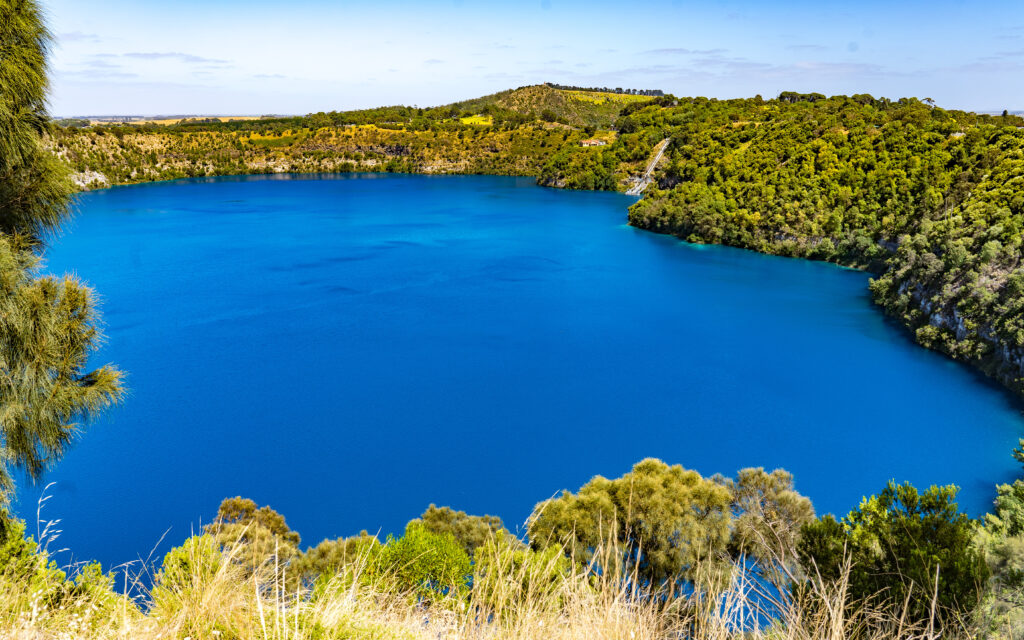
Mark and I had decided not to stay in Mount Gambier, but called in to do a quick shop, and to meet up with some locals. Fay is an active member of the online support community I run for the rare disease I have, and we have often chatted online. It was great to catch up in person. She and her husband Bruce met us in town and gave us a whistle stop tour of the main sights. Such a kind thing to do, and we both really valued the local insight.
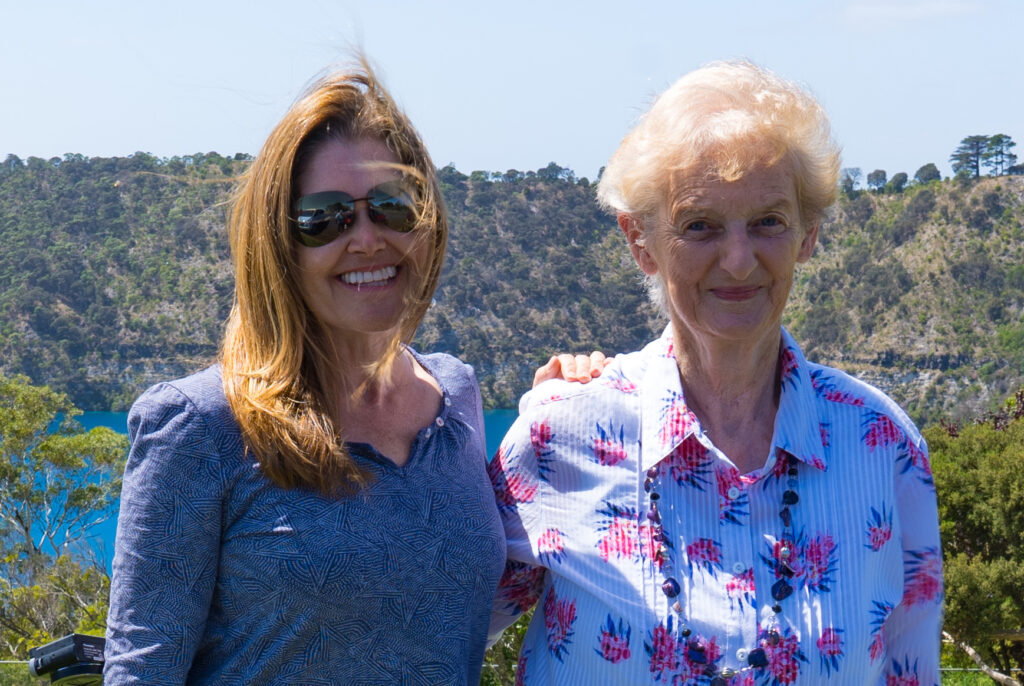
After our tour, we farewelled them and headed off to the nearby settlement of Millicent, where we had booked into a quiet campground for a couple of nights. After our cramped camping at Nelson, it was a real relief to us all to have the space and landscaped grounds of this site. It was peaceful with no dogs, so Tassie took it upon herself to free-range a little around the grounds, lapping up the new smells and sights around her.
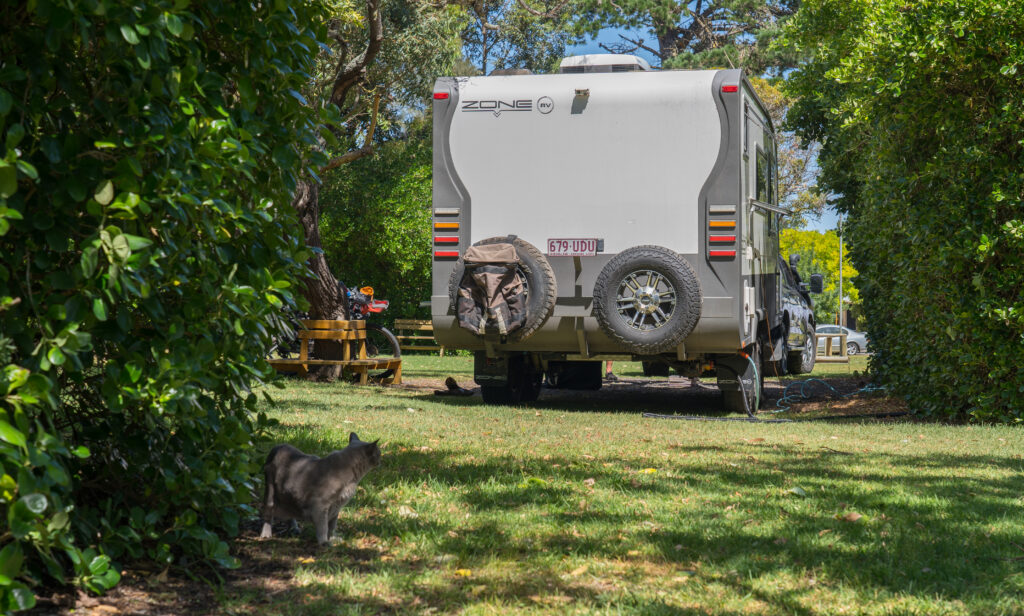
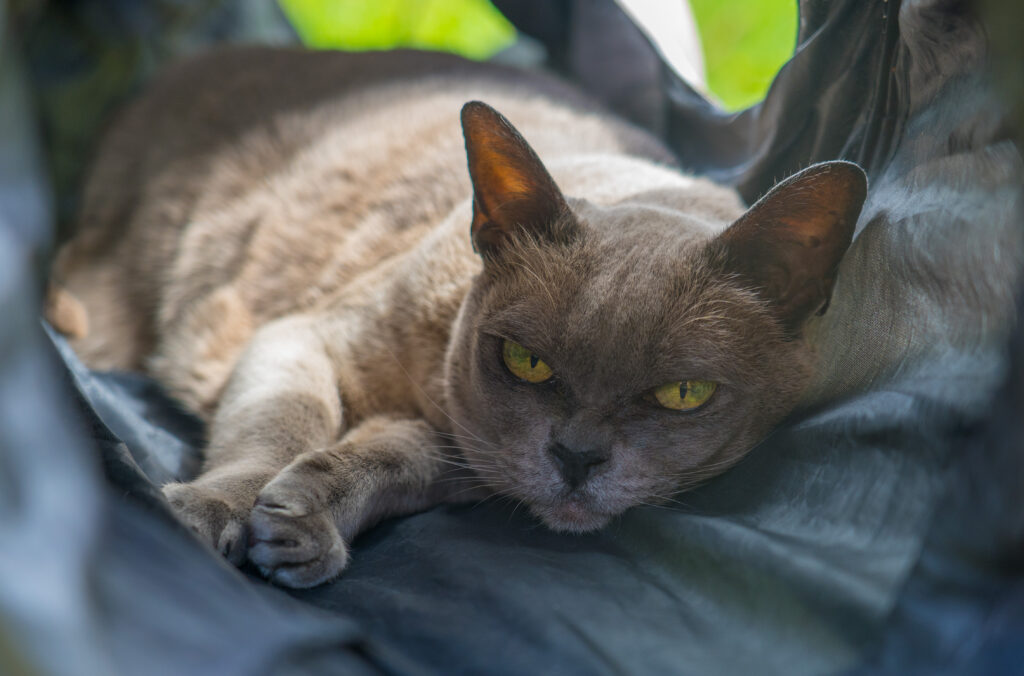
After Tassie had enjoyed some outdoor time, we decided it was our turn, and jumped on our bikes to explore. We’d seen Lake McIntyre on the map, and read it was a rejuvenated sandstone quarry, managed predominantly by volunteers since the mid 1990s. We rode through town to this green haven, home to many bird species. It’s been set up with hides and a boardwalk to allow visitors to enjoy the area.
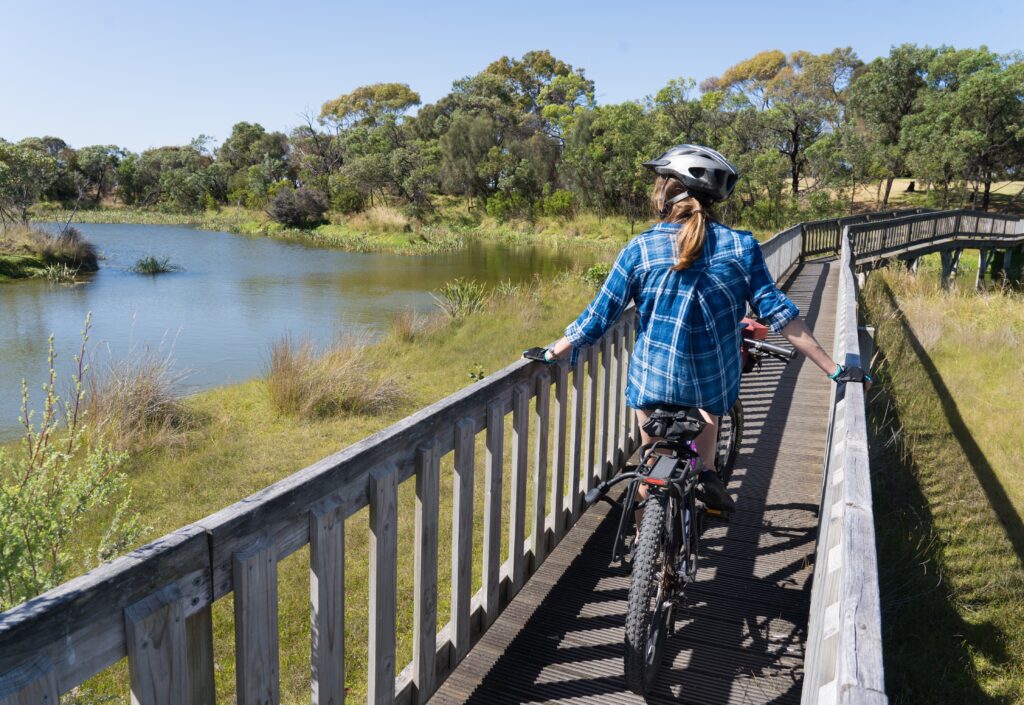
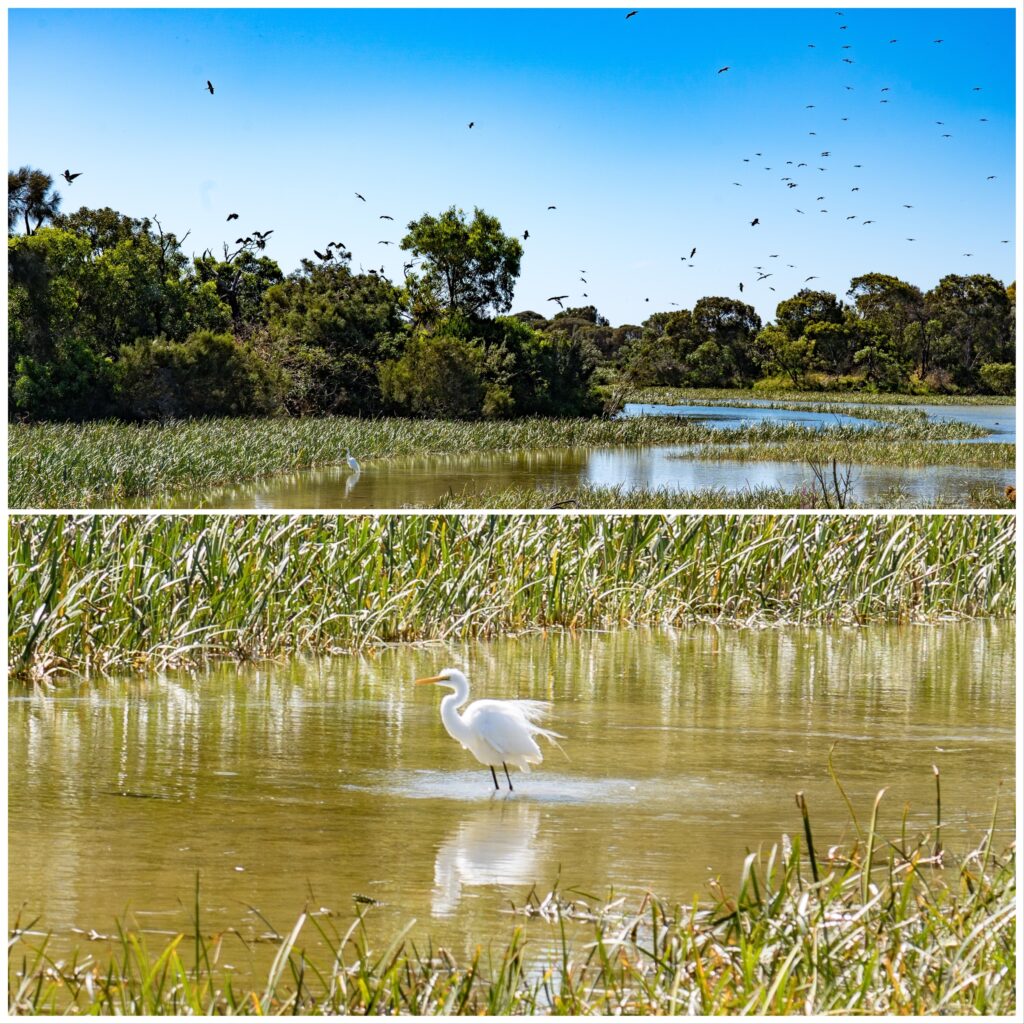
The area is very flat, so not too challenging to cycle.
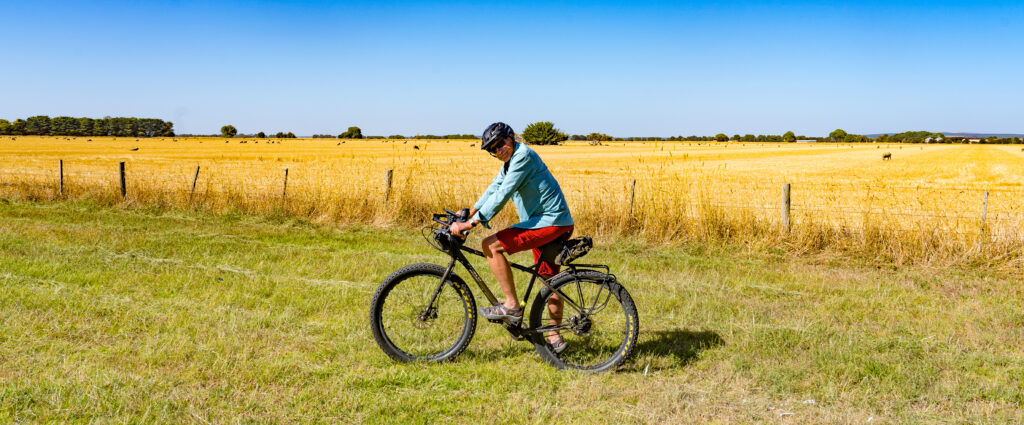
Despite being Tuesday evening, we decided to give the local curry house a try, given it had rave reviews. It was nice to have a break from cooking, but the service was very slow, and the curry not the best we have sampled. We’ll just have to keep on trying!
The following day we jumped in the car and drove half an hour down to the coast, parking up at a small village called Southend. It is nothing like the Southend in the UK. Its current name is relatively recent, having changed in 1971 from Grey. Grey it is not.
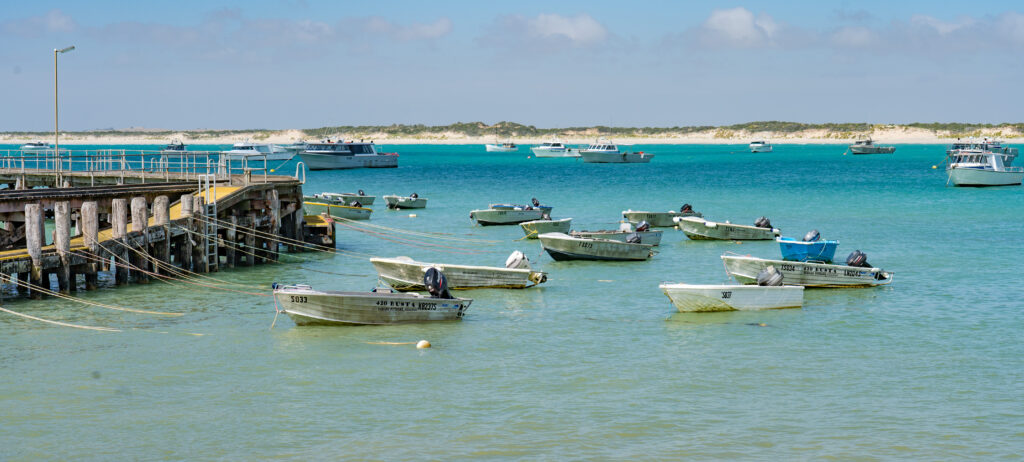
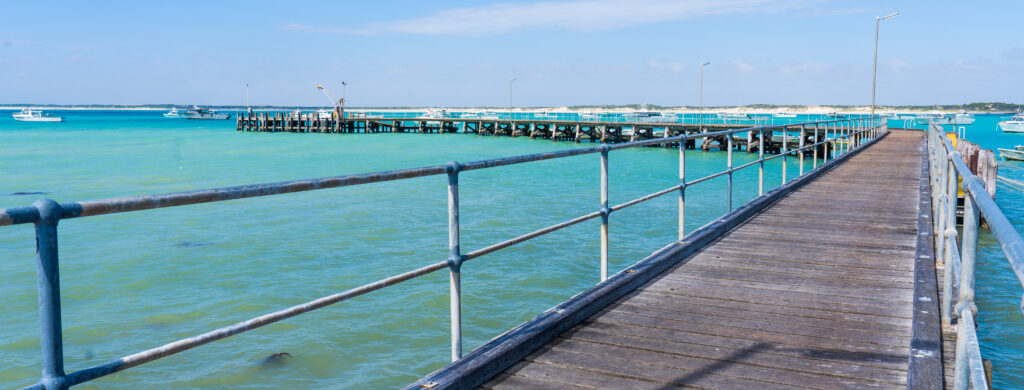
Southend is surrounded by national parks, and it was Canunda National Park that we were there to visit. The National Park is accessible only by foot or four-wheel-drive, and thankfully there were few people driving on our visit. The coastal area is made up of predominantly sand dunes, with an incredibly high density and diversity of flora and fauna. Everywhere we walked there was evidence of the nomadic Bungandidj first nation communities in the form of shell middens (essentially discarded shells from meals) which have been dated back 10,000 years.
Parking at Rainbow Rocks, we followed the ‘Seaview Track’ – a stunning 7.7km return hike along the coast. Despite not being a particularly long walk, it was tough on the legs, with the sand making every step count for two – it certainly felt as though we had explored 15km on our return!
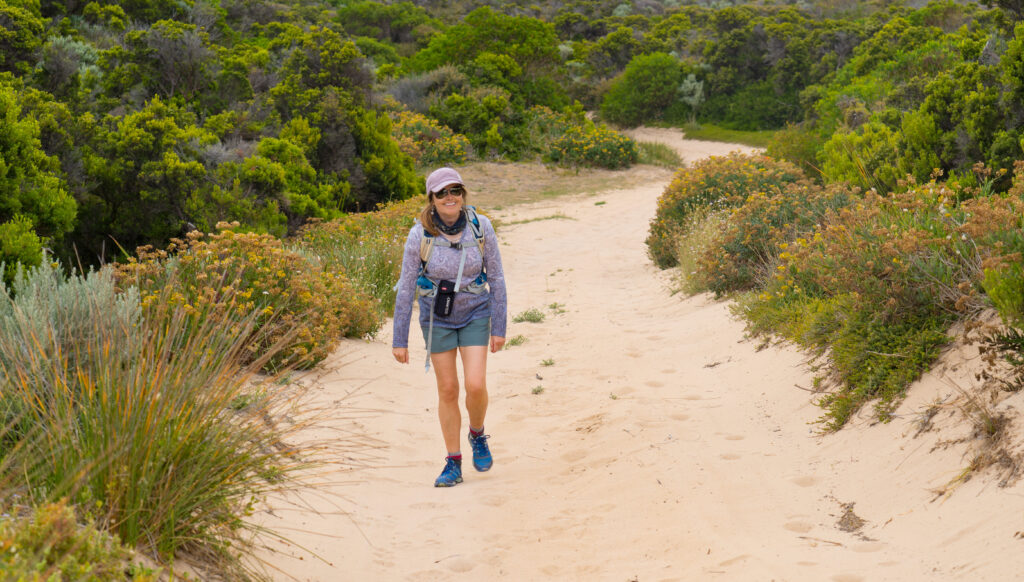
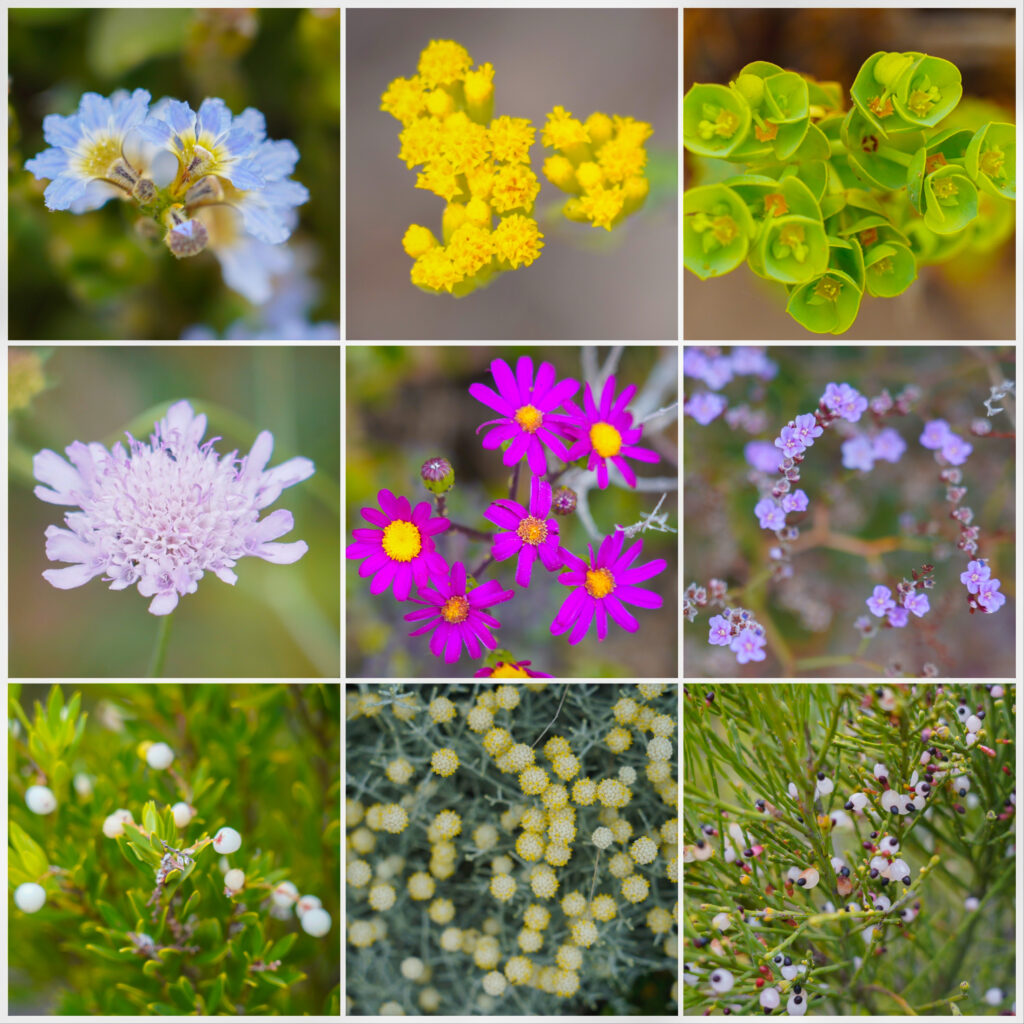
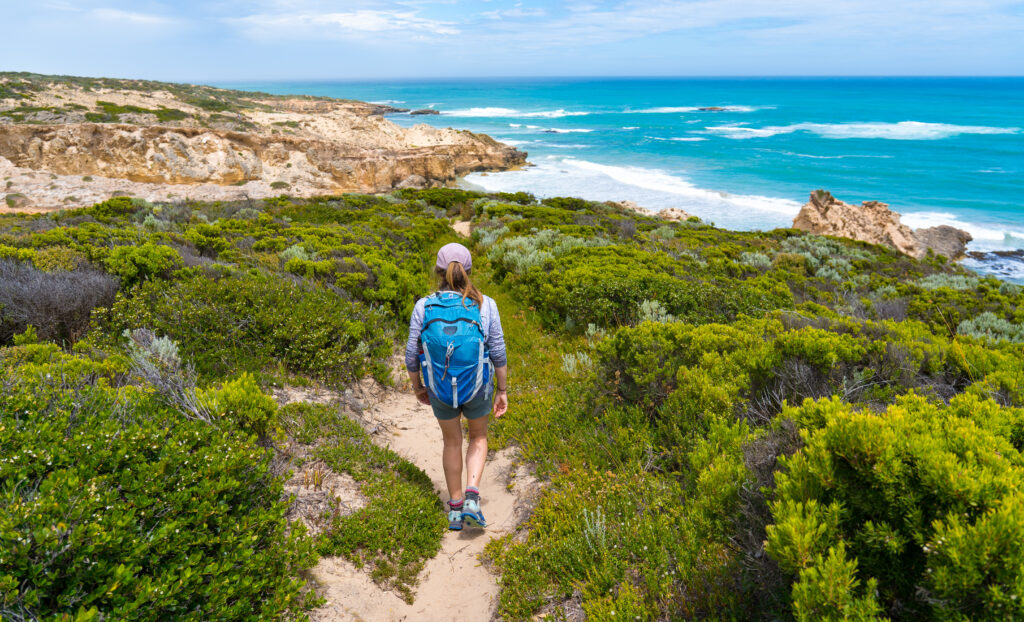
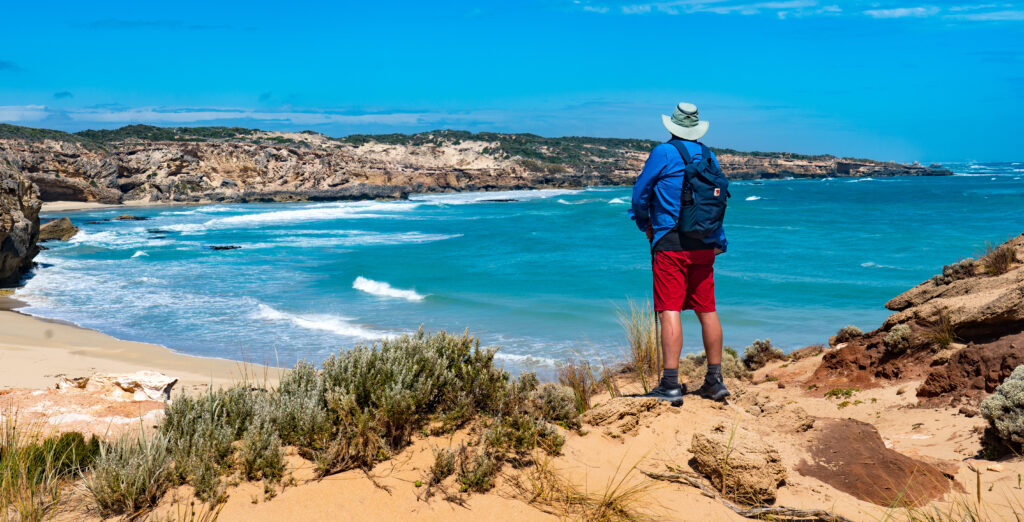
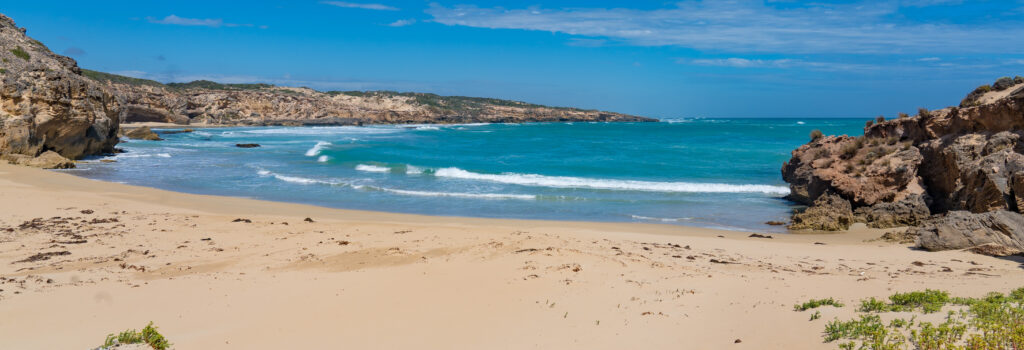
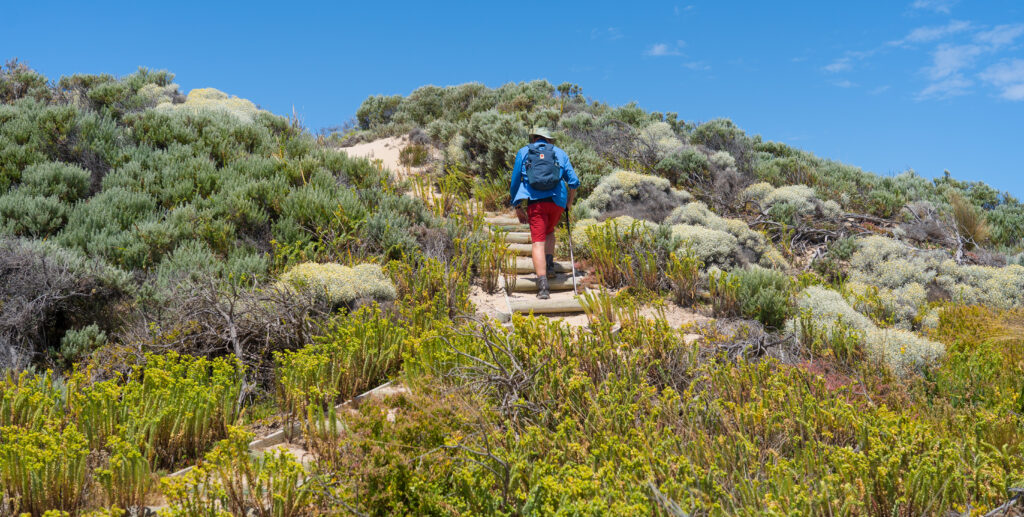
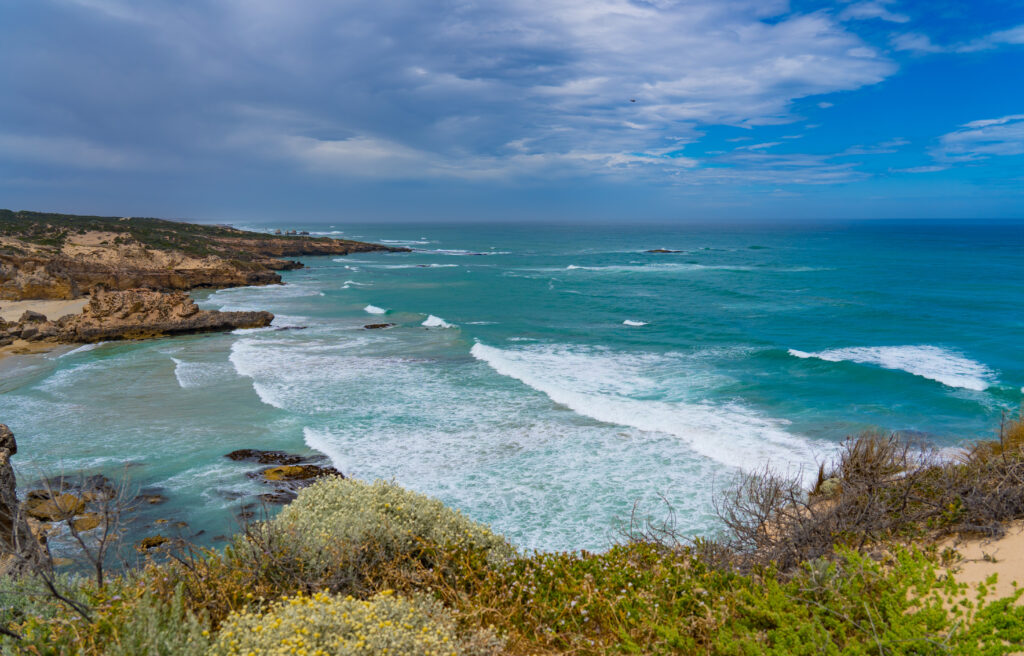
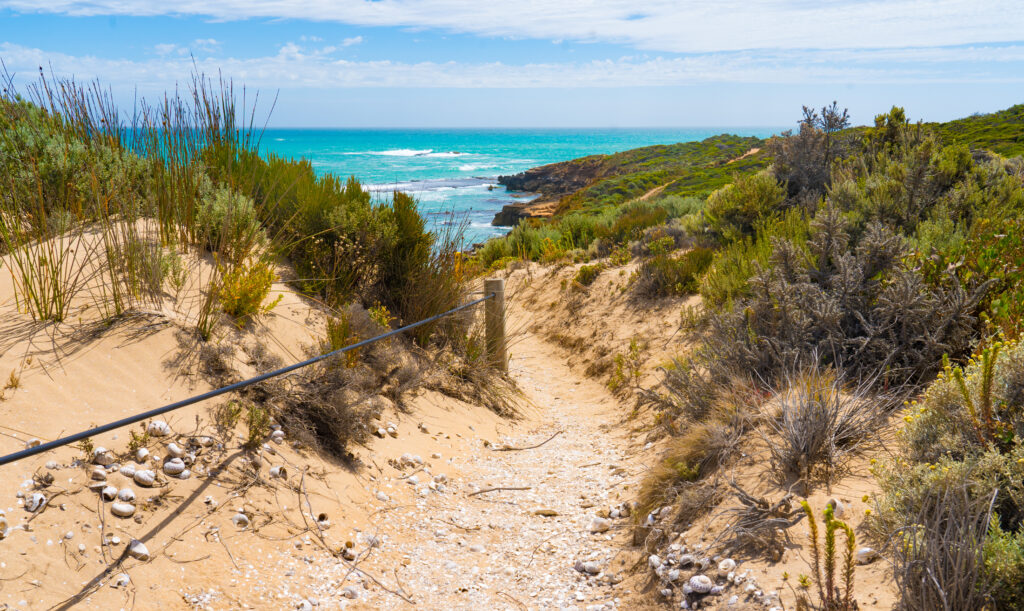
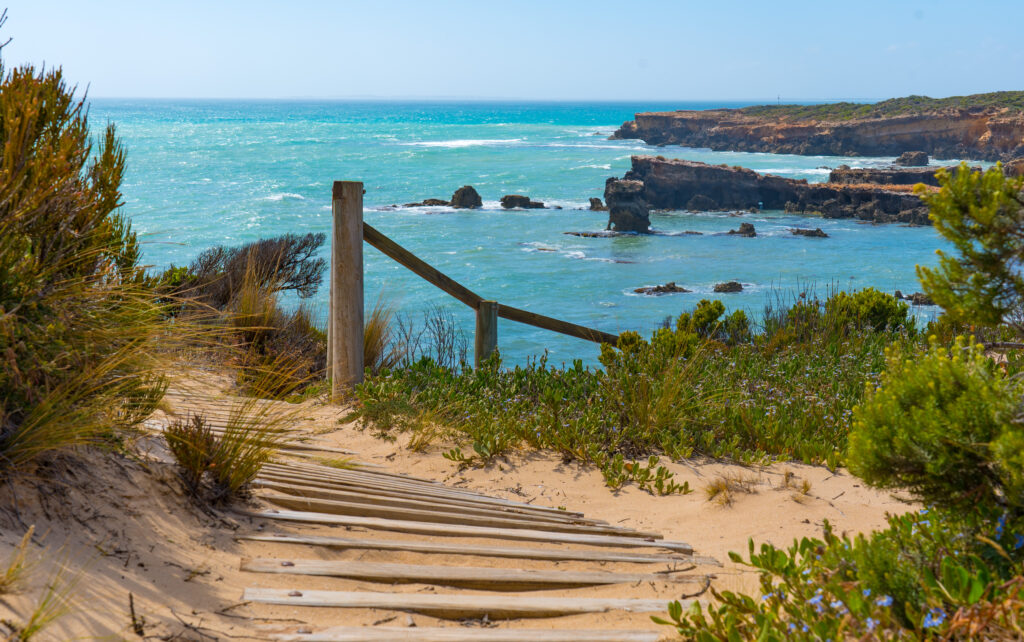
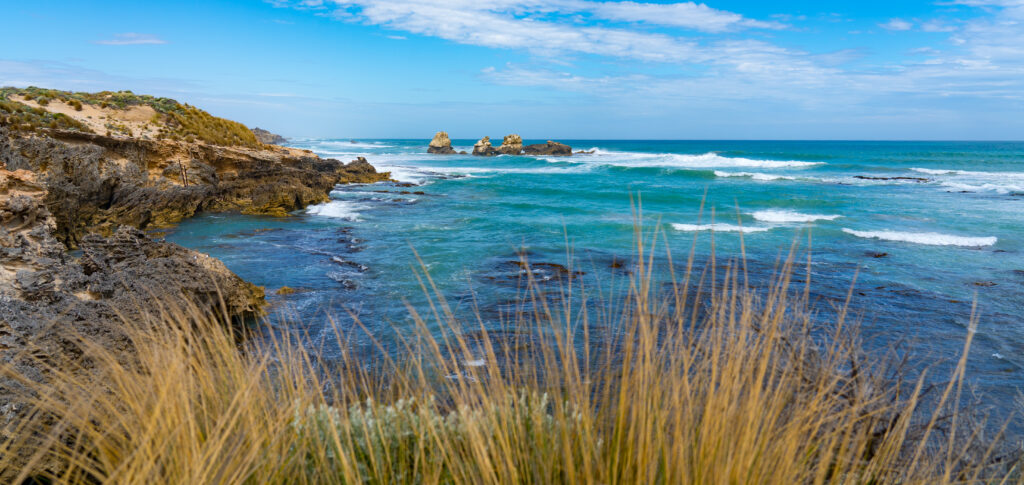
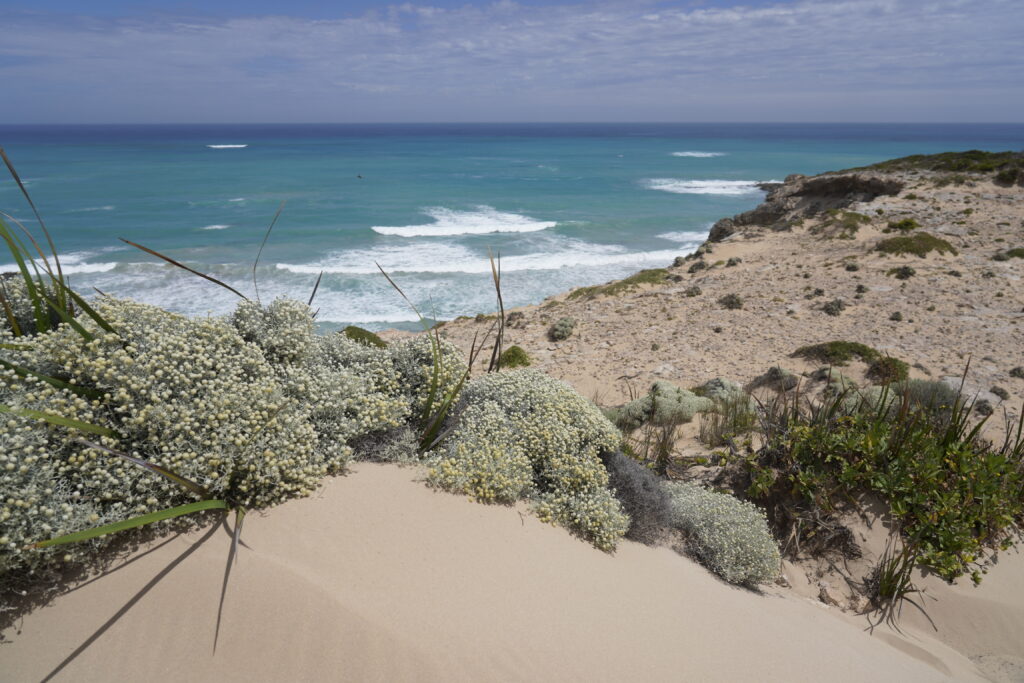
We’re definitely put this walk up there with our most scenic hikes ever, and despite it being the peak of the summer break here, we only saw two other people all afternoon, so it is not too busy. Everyone raves about the Great Ocean Road in Victoria – well consider this the Great Ocean Walk in South Australia – equally as spectacular but on a smaller scale and none of the crowds! Find the walk here.
Wattle Range Council owns the Southend Caravan Park, which has now been closed for renovations. Apparently it was pretty run down and tired, full of permanent old caravans, which were all removed last year. When the new improved park opens, it will be a fabulous location to base yourself to explore this stunning area. Meanwhile, if you’re after a peaceful green retreat that is within easy reach, we’d definitely recommend Millicent. We’ve had a lovely time here, but it’s time to move on. We’ve spotted the Coonawarra wine region just up the road, and just cannot resist a quick visit!

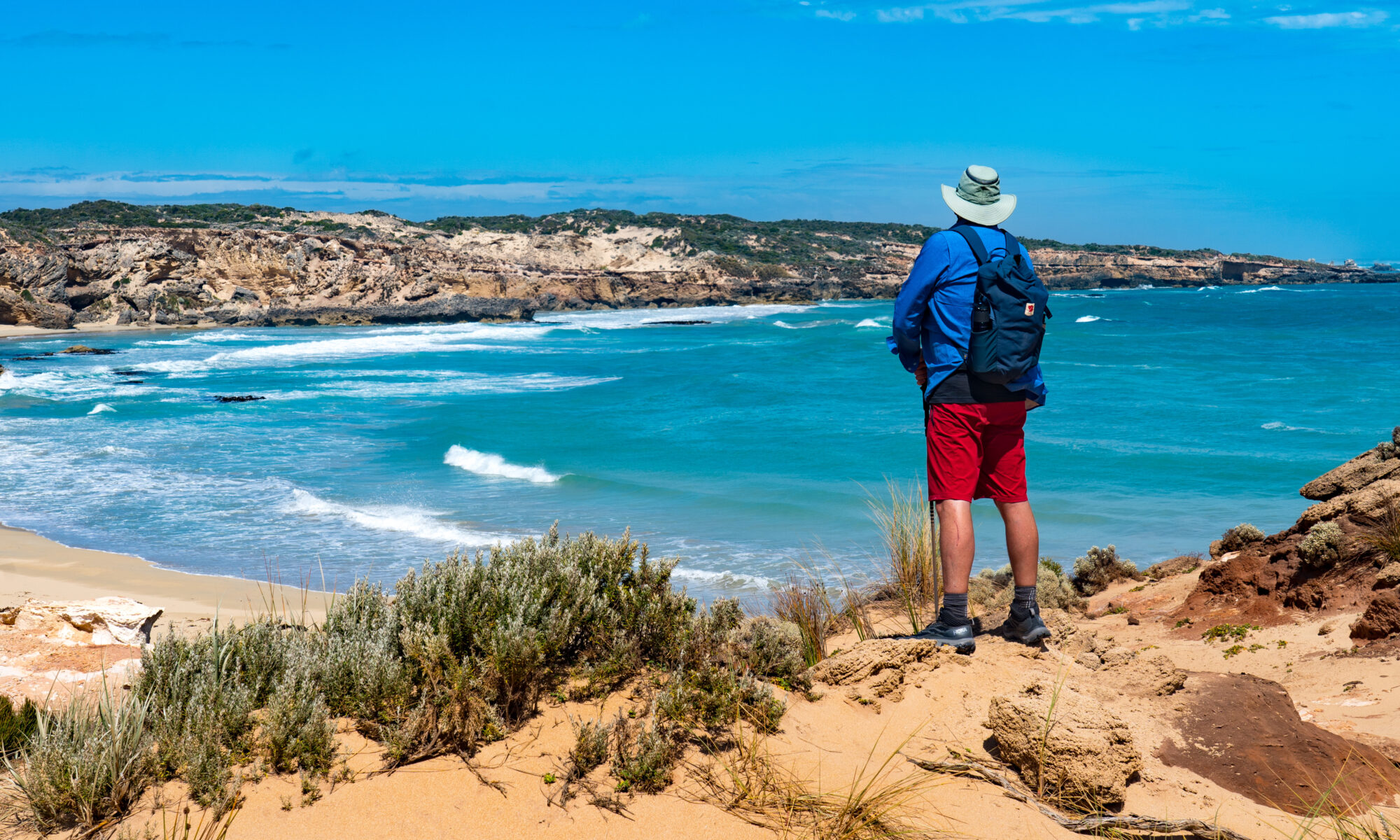
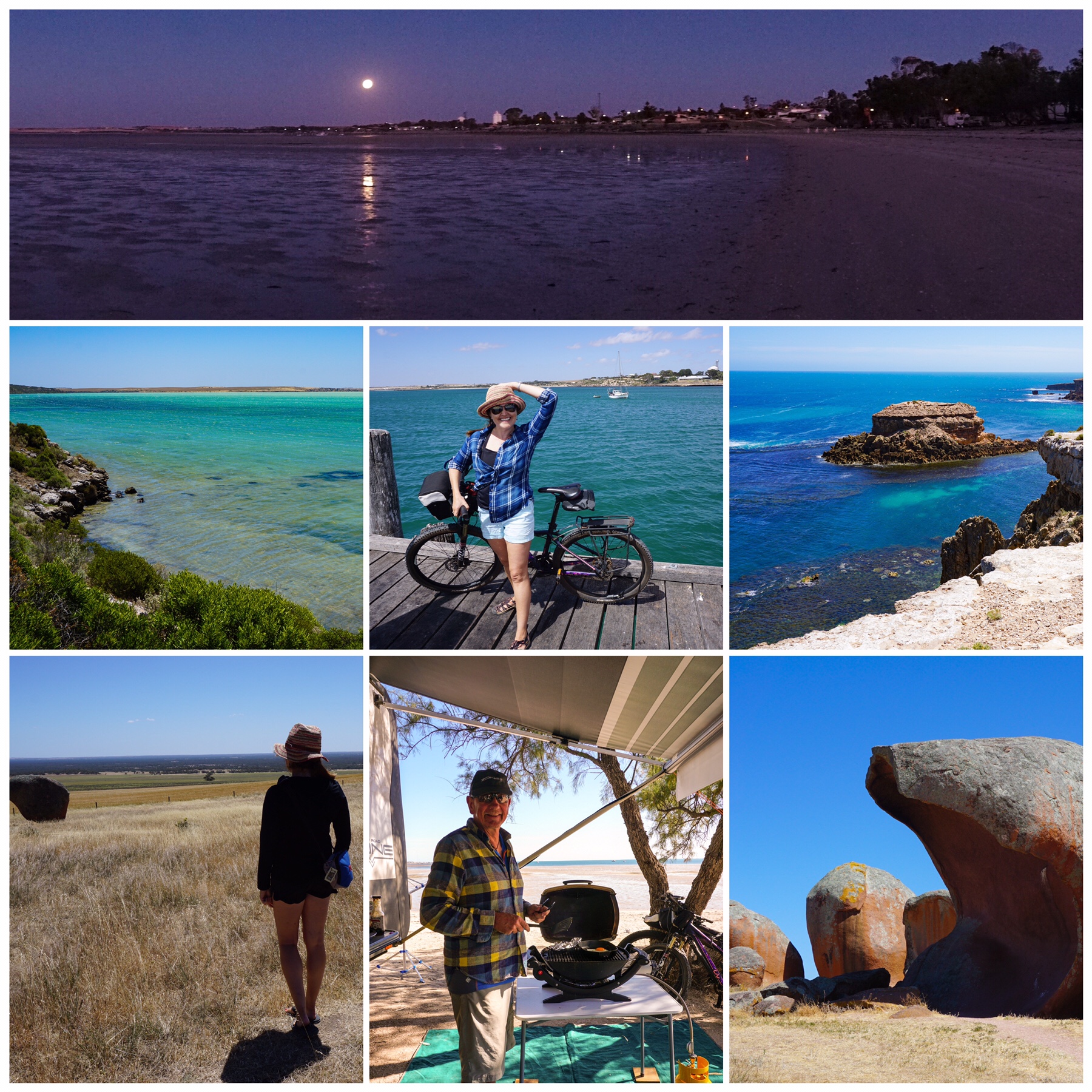 Reason: This was our first stop after having crossed the Nullabor, and our first taste of oysters since leaving Sydney back in May. It was spring when we reached Streaky Bay, and the weather was not quite settled. We had some fabulously warm mornings, but the afternoons often whipped up with quite a blustery wind. Nevertheless it was a great location to introduce us back into semi-civilisation, with a 10km coastal cycleway to explore, and some interesting road trips to natural landmarks. Quite a unique location.
Reason: This was our first stop after having crossed the Nullabor, and our first taste of oysters since leaving Sydney back in May. It was spring when we reached Streaky Bay, and the weather was not quite settled. We had some fabulously warm mornings, but the afternoons often whipped up with quite a blustery wind. Nevertheless it was a great location to introduce us back into semi-civilisation, with a 10km coastal cycleway to explore, and some interesting road trips to natural landmarks. Quite a unique location.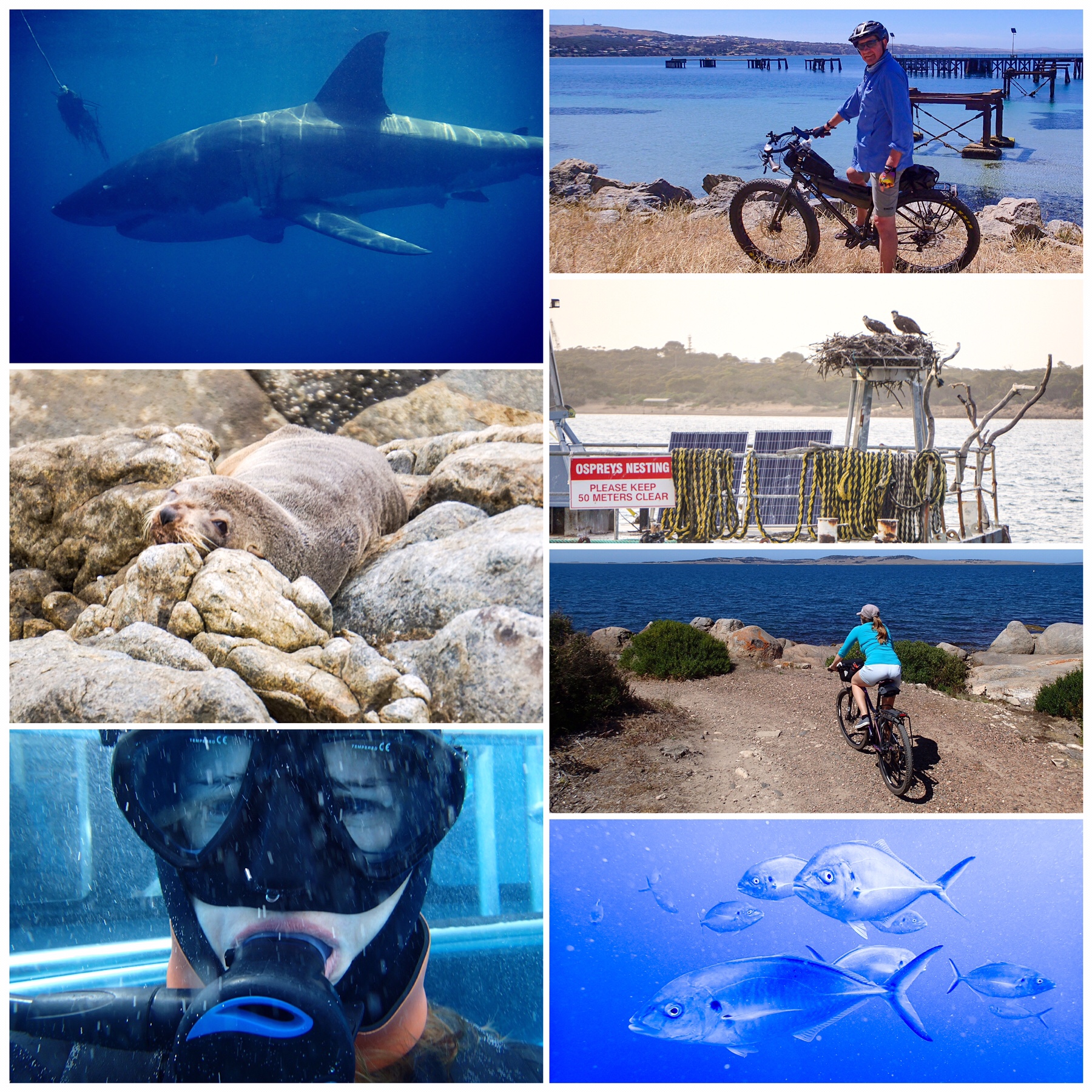 Reason: We visited this location purely so I could go cage diving with Great White Sharks (a bucket list item and well worth the trip – I chose the ethical option with Adventure Bay Cruises). We originally booked in at the caravan park there for two nights, but loved it so much we stopped longer. Port Lincoln as a town has some great little restaurants, fabulous seafood and plenty of services. A short drive away is Lincoln National Park, home sea eagles, osprey and fur seals you can snorkel with, and numerous picturesque beaches. A flat cycleway follows the coast around into town and along to the marina (and possibly beyond), great exploring with plenty of birdlife. We really enjoyed our time here.
Reason: We visited this location purely so I could go cage diving with Great White Sharks (a bucket list item and well worth the trip – I chose the ethical option with Adventure Bay Cruises). We originally booked in at the caravan park there for two nights, but loved it so much we stopped longer. Port Lincoln as a town has some great little restaurants, fabulous seafood and plenty of services. A short drive away is Lincoln National Park, home sea eagles, osprey and fur seals you can snorkel with, and numerous picturesque beaches. A flat cycleway follows the coast around into town and along to the marina (and possibly beyond), great exploring with plenty of birdlife. We really enjoyed our time here.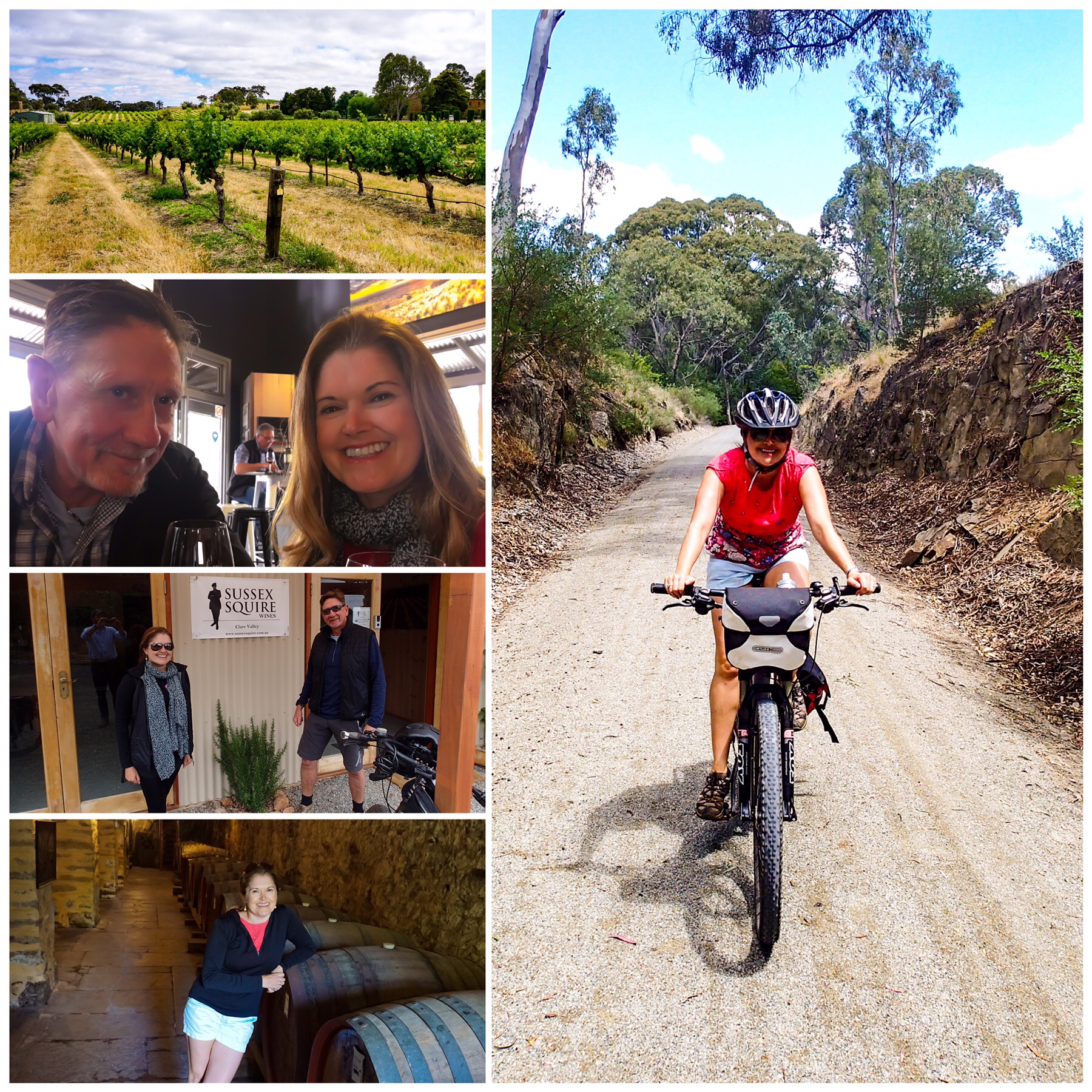 Reason: Anyone who knows us well (and our love of fine wine) will probably question why this fits as a surprising visit. Well the fact is we almost left on the first night due to the cold damp weather, but we were pleased we stuck around. The rail trail is a great drawcard here, relatively flat and guiding you to some fabulous tastings. The visitor information centre is award winning, and if you are there on a Friday night they do a wine tasting with $5 glasses of wine and $25 bottles and a cheese and nibbles plate – a brilliant way to meet your fellow campers and taste some local fare.
Reason: Anyone who knows us well (and our love of fine wine) will probably question why this fits as a surprising visit. Well the fact is we almost left on the first night due to the cold damp weather, but we were pleased we stuck around. The rail trail is a great drawcard here, relatively flat and guiding you to some fabulous tastings. The visitor information centre is award winning, and if you are there on a Friday night they do a wine tasting with $5 glasses of wine and $25 bottles and a cheese and nibbles plate – a brilliant way to meet your fellow campers and taste some local fare.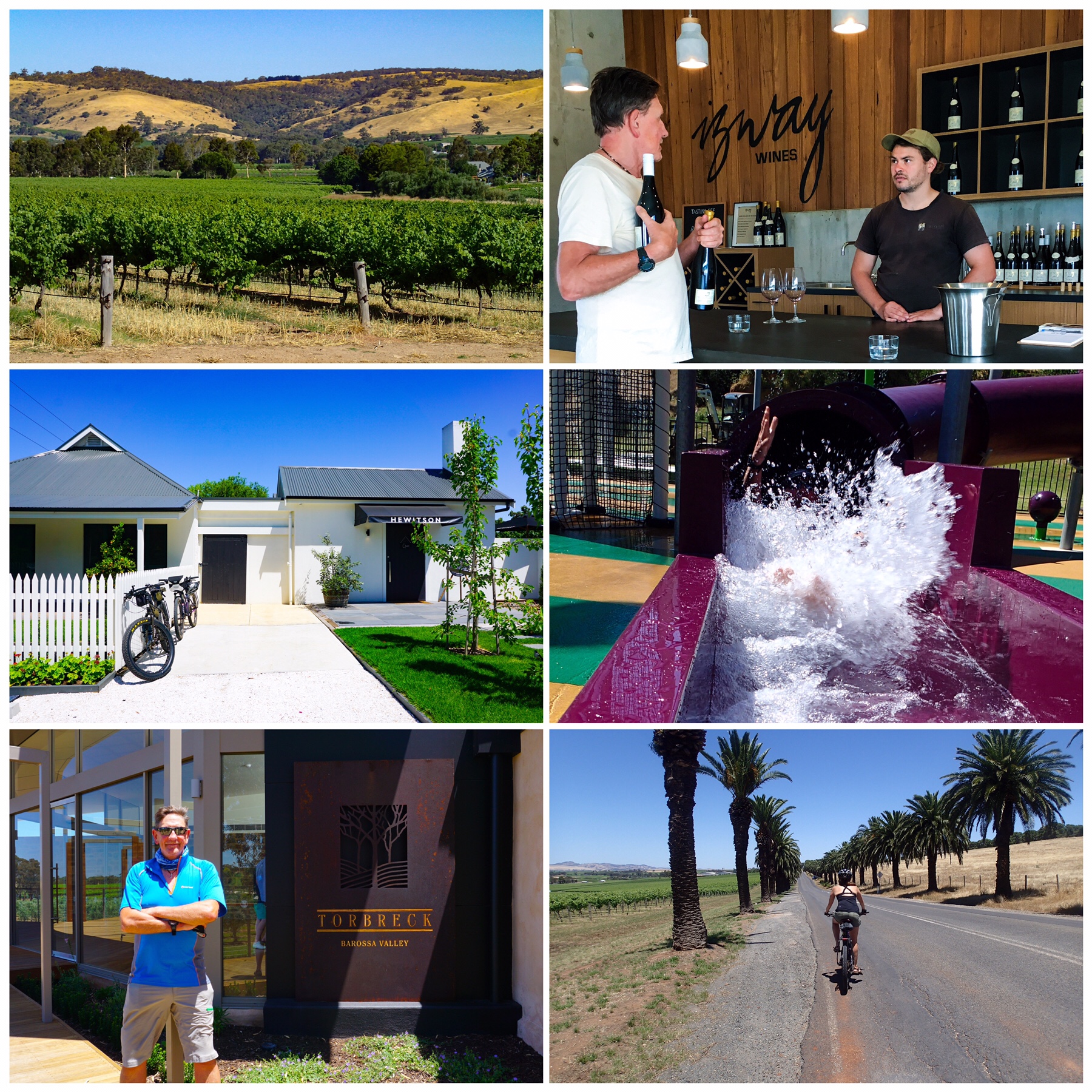 Reason: Of course the wine was fabulous – we had some great fun cycling around the area which is pretty flat with some off road cycleways, and great tastings. Highlights were Artisans of Barossa, Izway and the Taste of Eden. It was also our first opportunity to taste Vietnamese food in a long while at FermentAsian – a restaurant with a veritable bible of wine on offer – more than 1000 bottles. We settled for one!
Reason: Of course the wine was fabulous – we had some great fun cycling around the area which is pretty flat with some off road cycleways, and great tastings. Highlights were Artisans of Barossa, Izway and the Taste of Eden. It was also our first opportunity to taste Vietnamese food in a long while at FermentAsian – a restaurant with a veritable bible of wine on offer – more than 1000 bottles. We settled for one!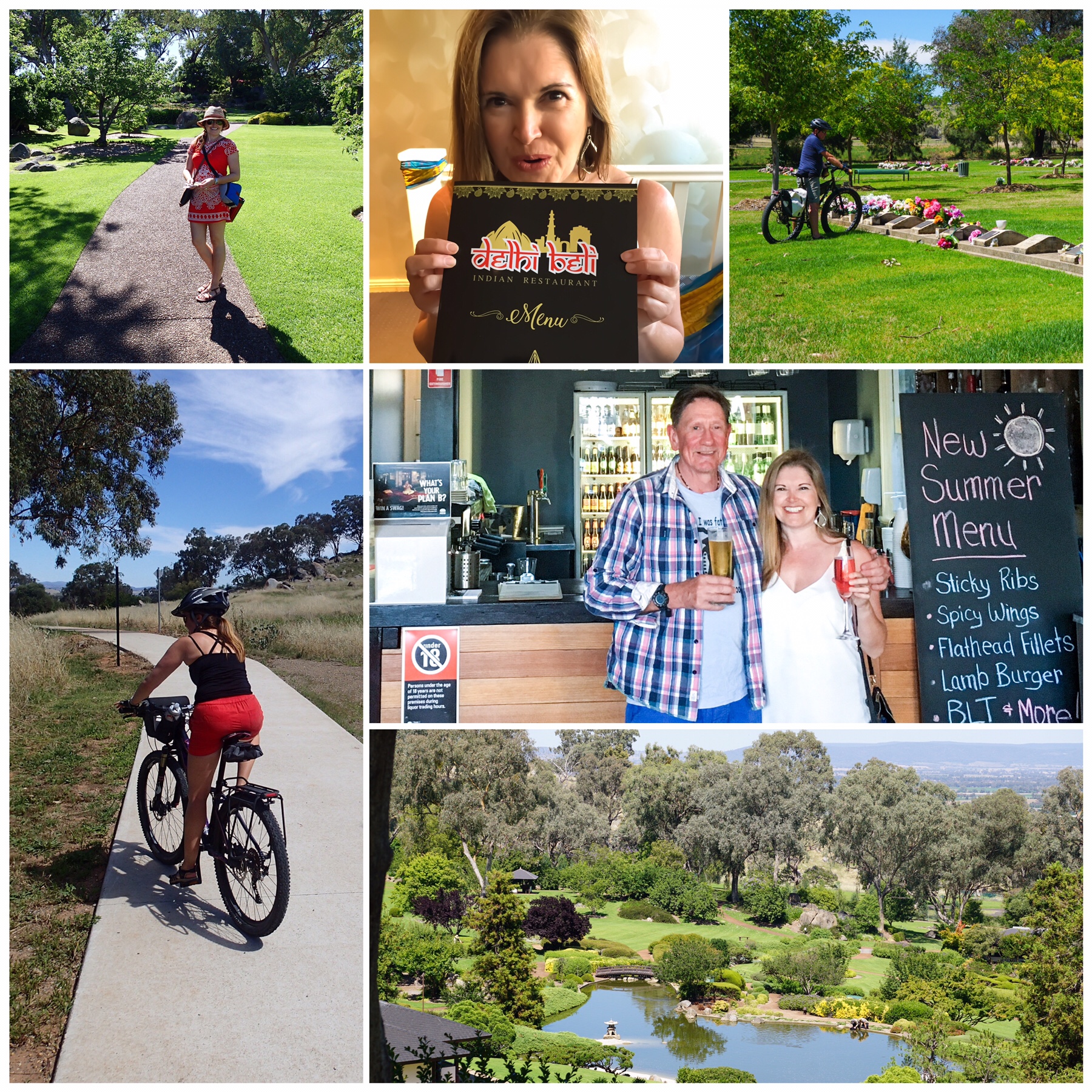 Reason: Cowra is just an hour from Orange which we have visited on many occasions, but remained a blip on the map for more than 18 years. This time we picked up some literature about it while visiting Forbes, and thought it sounded lovely. As usual we laughed about what the differences were likely to be from the marketing material (often towns read like quaint French villages but disappoint horribly!). Cowra actually exceeds expectations! Surrounded by rolling hills (making the cycling a bit more of an effort than we’d been used to!), lots of interesting history surrounding the Japanese POW camp and some stunning gardens, Cowra also boasts a wine bar with fabulous selection of local beers and wine, and some great places to eat out. We loved the Indian restaurant – we’d put it up there among the best we’ve been to in Australia! The campsite was delightful too, grassy and shady, hosted by a lovely couple who became friends. Definitely worth a visit.
Reason: Cowra is just an hour from Orange which we have visited on many occasions, but remained a blip on the map for more than 18 years. This time we picked up some literature about it while visiting Forbes, and thought it sounded lovely. As usual we laughed about what the differences were likely to be from the marketing material (often towns read like quaint French villages but disappoint horribly!). Cowra actually exceeds expectations! Surrounded by rolling hills (making the cycling a bit more of an effort than we’d been used to!), lots of interesting history surrounding the Japanese POW camp and some stunning gardens, Cowra also boasts a wine bar with fabulous selection of local beers and wine, and some great places to eat out. We loved the Indian restaurant – we’d put it up there among the best we’ve been to in Australia! The campsite was delightful too, grassy and shady, hosted by a lovely couple who became friends. Definitely worth a visit.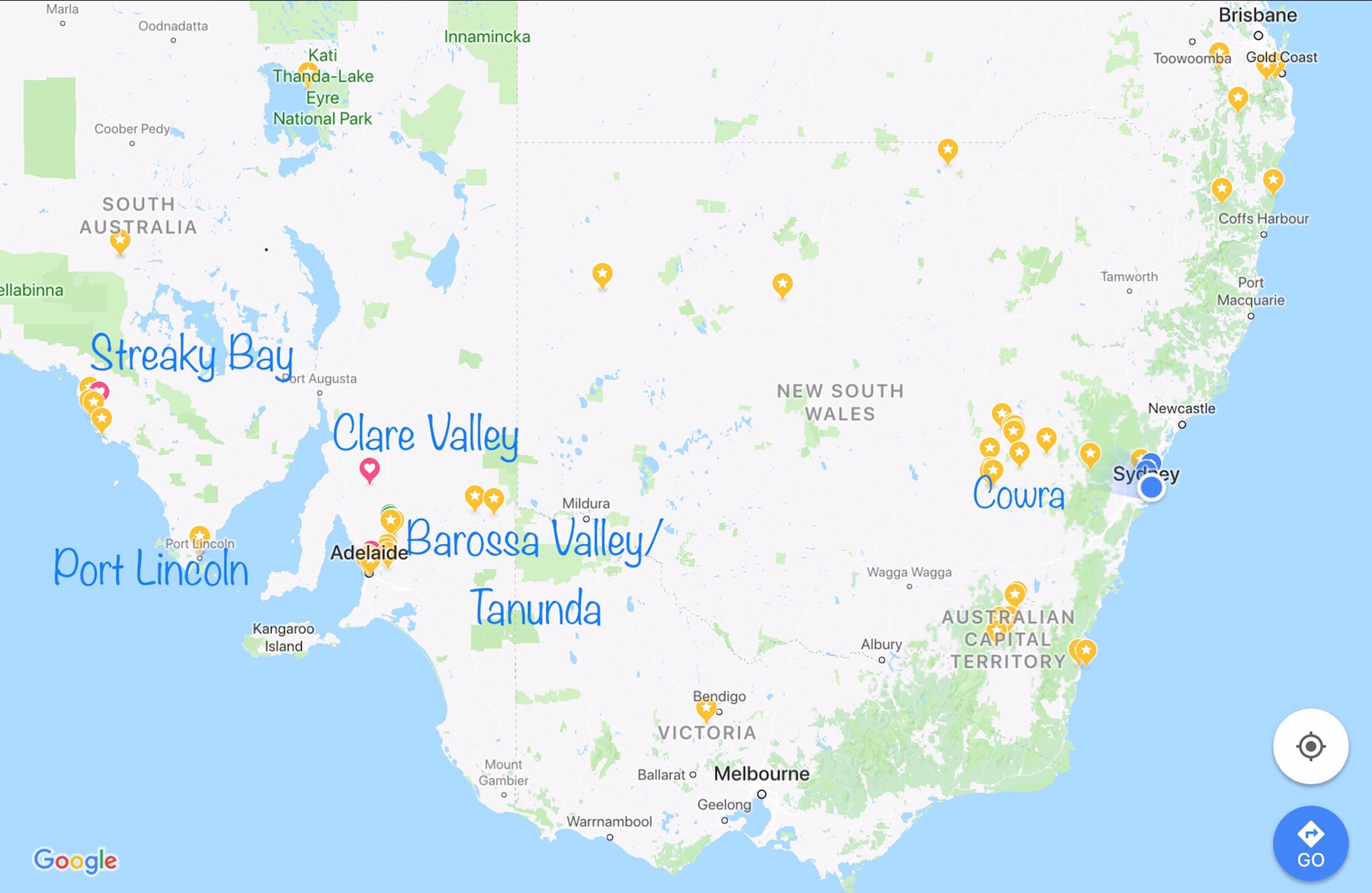
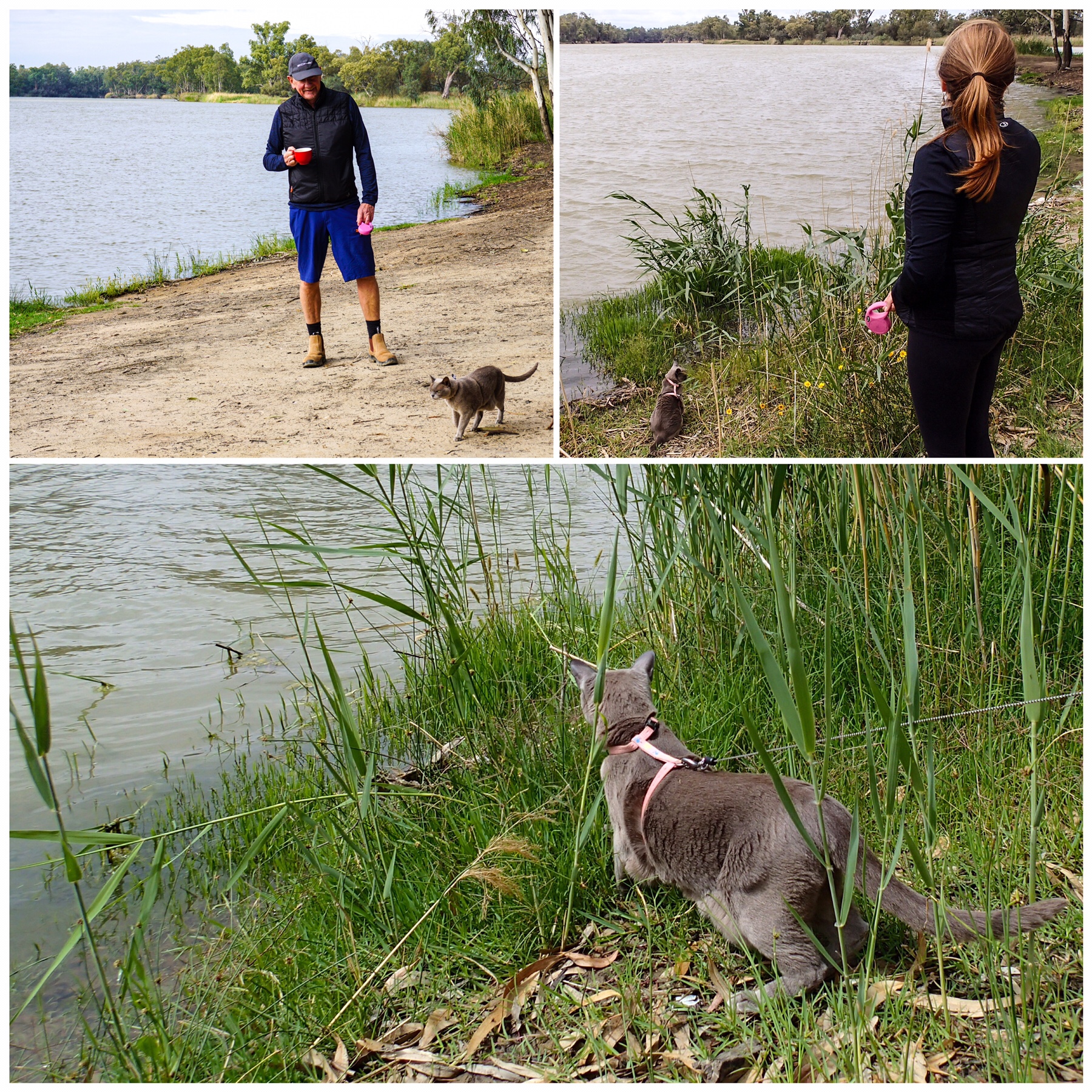 So we decided to head off on the bikes into Renmark. We picked a route to avoid the main road, and regretted it, sinking deep into clinging, stinky mud. I managed to wrap a piece of wire around my chain and break a spoke. After some fiddling around, and the odd expletive, we were off again and made it to the car wash on the edge of Renmark. Even the high pressure jet shifted the mud with some difficulty. Stickier than an English toffee that stuff.
So we decided to head off on the bikes into Renmark. We picked a route to avoid the main road, and regretted it, sinking deep into clinging, stinky mud. I managed to wrap a piece of wire around my chain and break a spoke. After some fiddling around, and the odd expletive, we were off again and made it to the car wash on the edge of Renmark. Even the high pressure jet shifted the mud with some difficulty. Stickier than an English toffee that stuff. Making back into camp with a wobbly wheel, we cheered ourselves up with home made pumpkin soup. Absolutely delicious. Our neighbour then knocked on the door to show us two European carp that he had caught. Apparently they aren’t a good eating fish, very bony, so the pelican got an unexpected Sunday feast.
Making back into camp with a wobbly wheel, we cheered ourselves up with home made pumpkin soup. Absolutely delicious. Our neighbour then knocked on the door to show us two European carp that he had caught. Apparently they aren’t a good eating fish, very bony, so the pelican got an unexpected Sunday feast.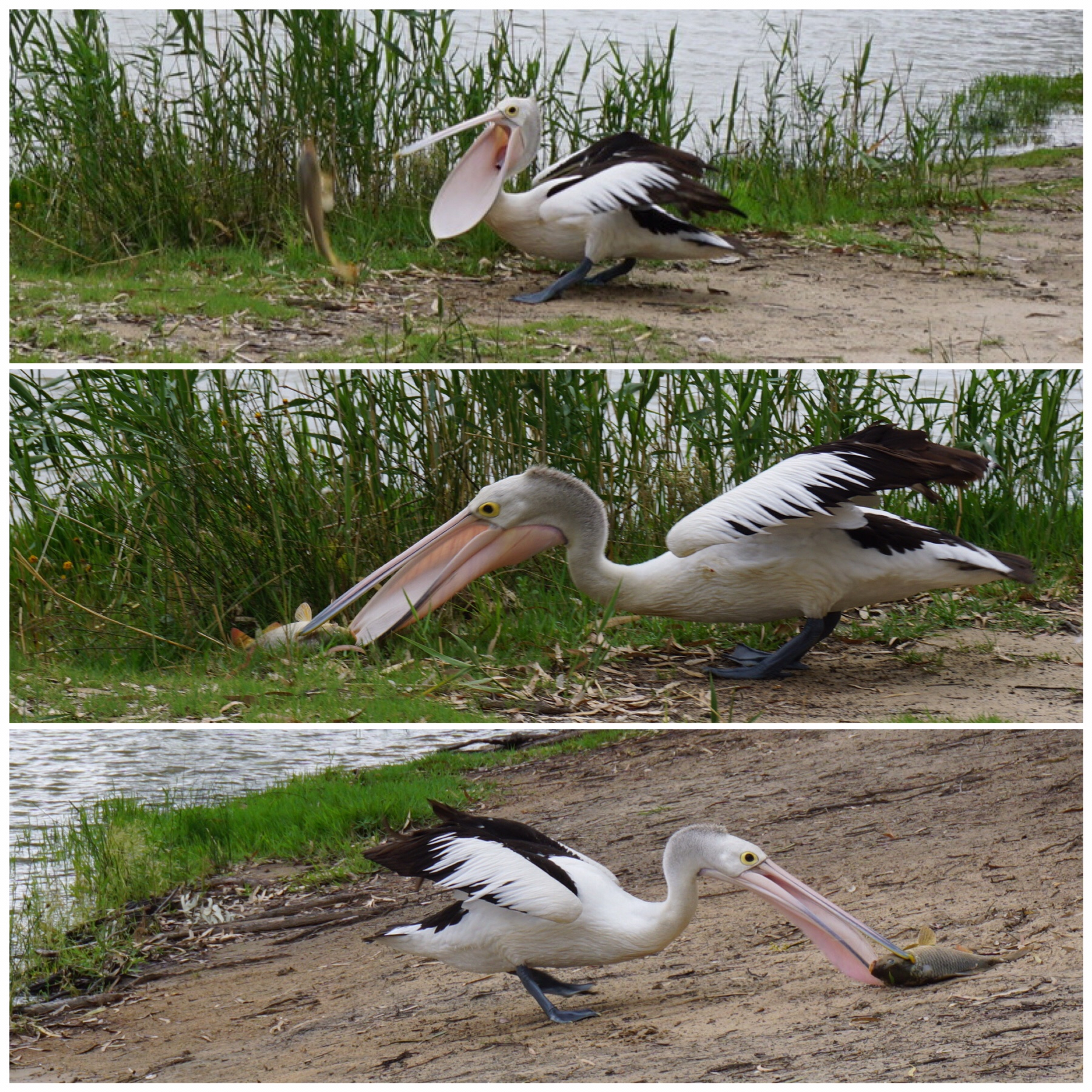 The wind continues to howl along the water, so there is no sitting outside for drinks tonight, instead we are cosied up (again!) in the Zone sipping a lovely Adelaide Hills Shiraz and tucking into a spag bol. Perfect…we’ve really loved this camp…in those words made famous in our favourite Aussie movie The Castle, “Ah…the serenity”.
The wind continues to howl along the water, so there is no sitting outside for drinks tonight, instead we are cosied up (again!) in the Zone sipping a lovely Adelaide Hills Shiraz and tucking into a spag bol. Perfect…we’ve really loved this camp…in those words made famous in our favourite Aussie movie The Castle, “Ah…the serenity”.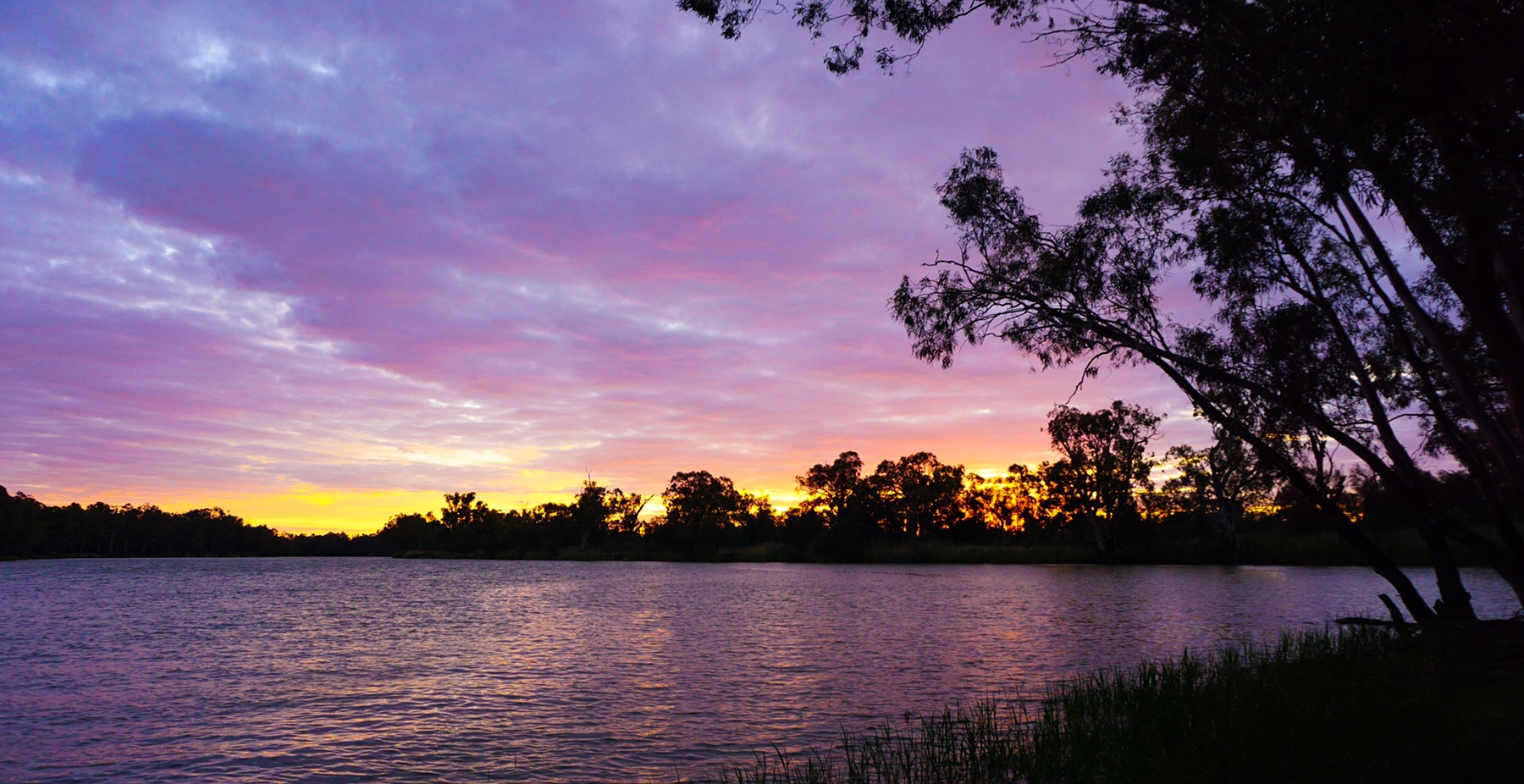
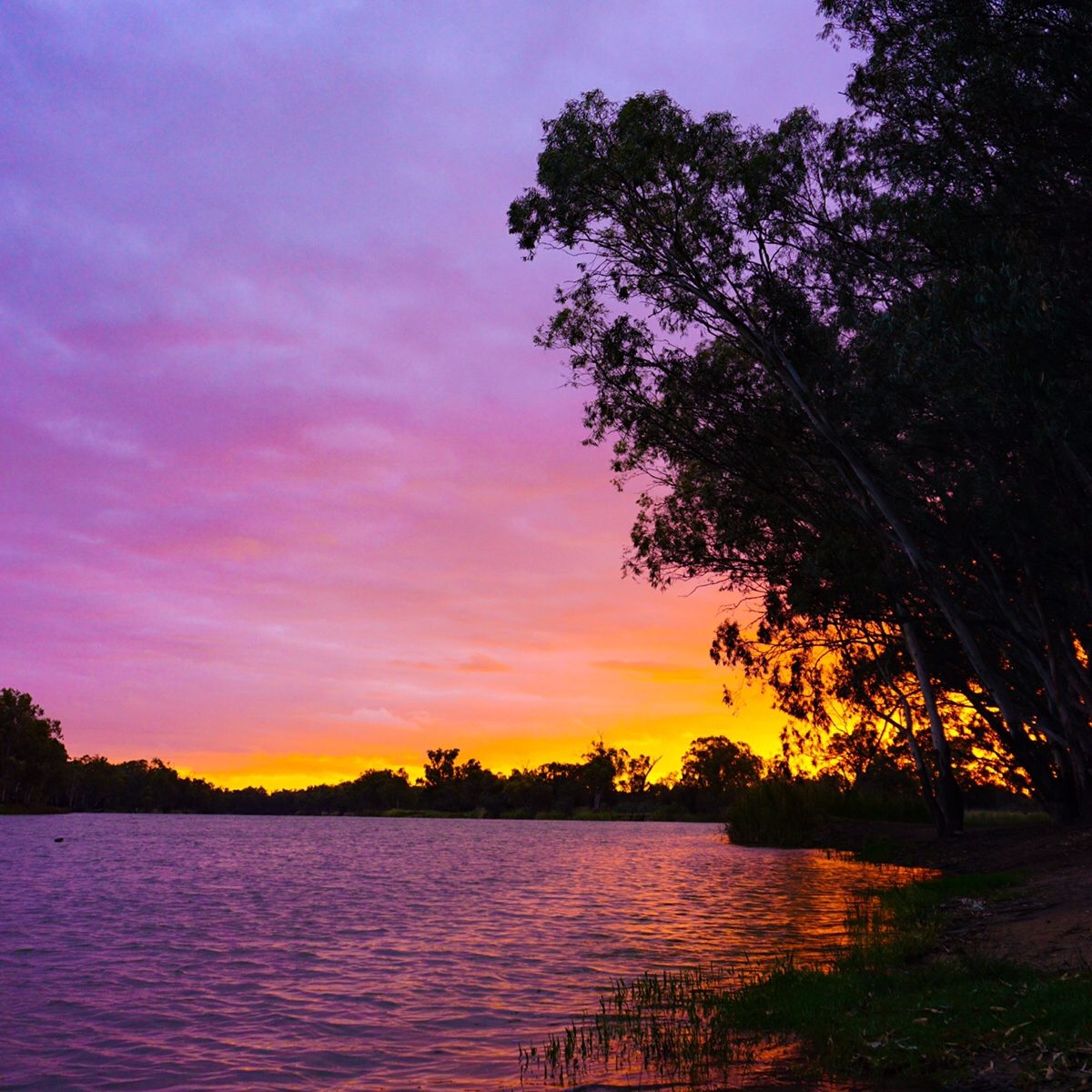

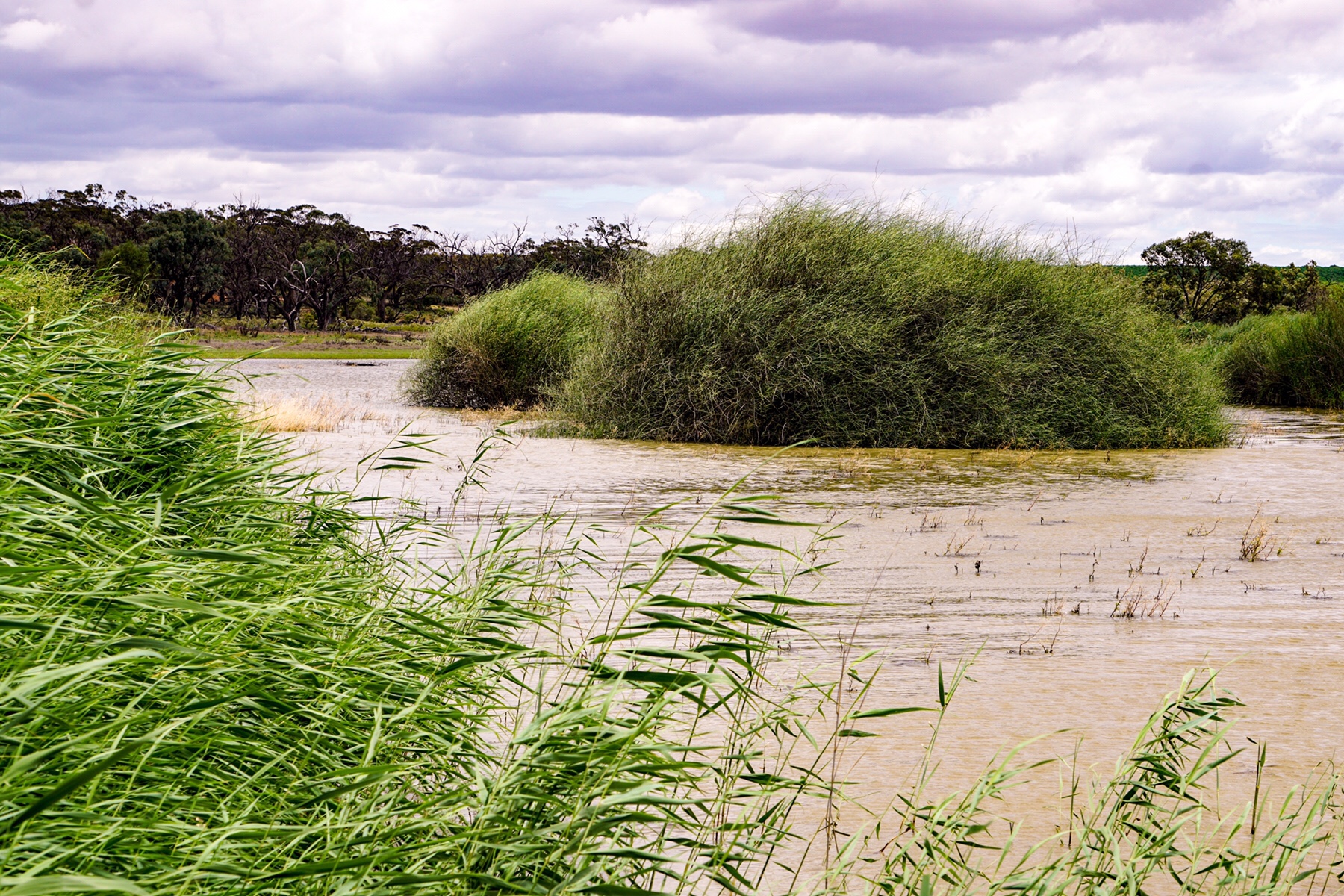
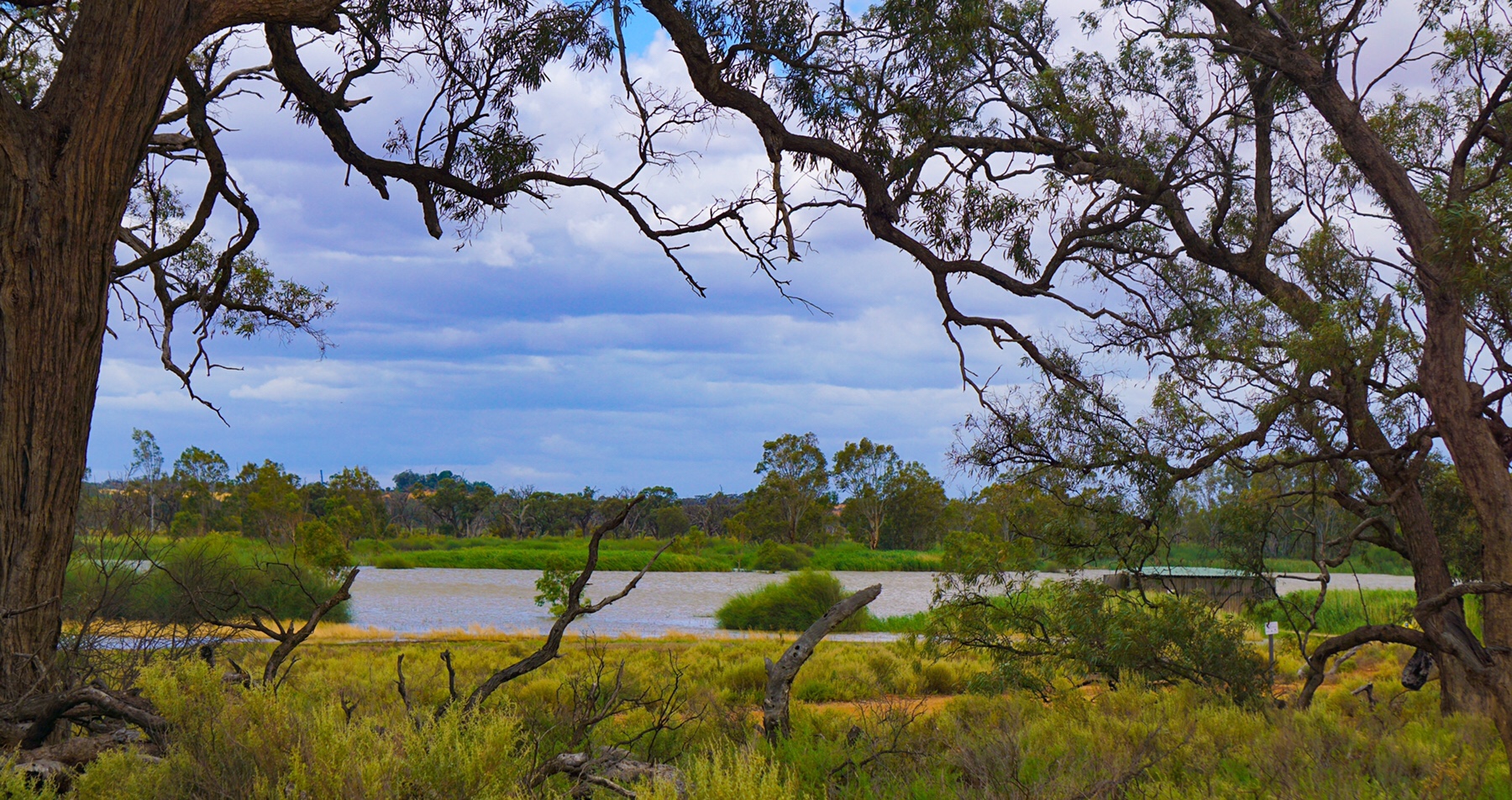 Leaving Banrock Station we drove back to Renmark. On a windy, overcast and relatively cool day it looked quite bleak. Most of the streets were shut off in anticipation of this evening’s Christmas Pagent – held at night due to the usually high temperatures. It was 37 degrees centigrade here on Thursday. Today it barely peaked 17! What climate change?
Leaving Banrock Station we drove back to Renmark. On a windy, overcast and relatively cool day it looked quite bleak. Most of the streets were shut off in anticipation of this evening’s Christmas Pagent – held at night due to the usually high temperatures. It was 37 degrees centigrade here on Thursday. Today it barely peaked 17! What climate change?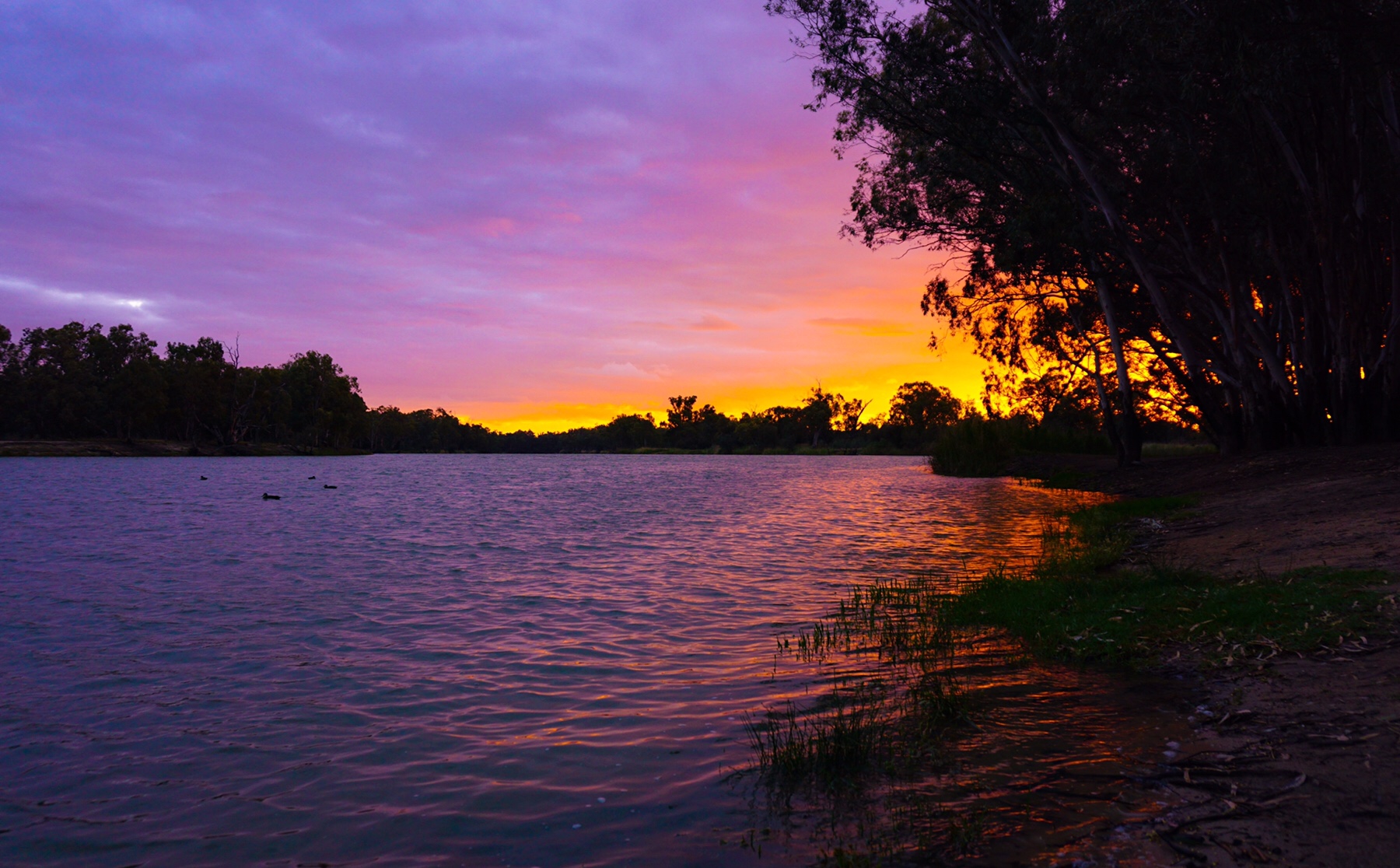
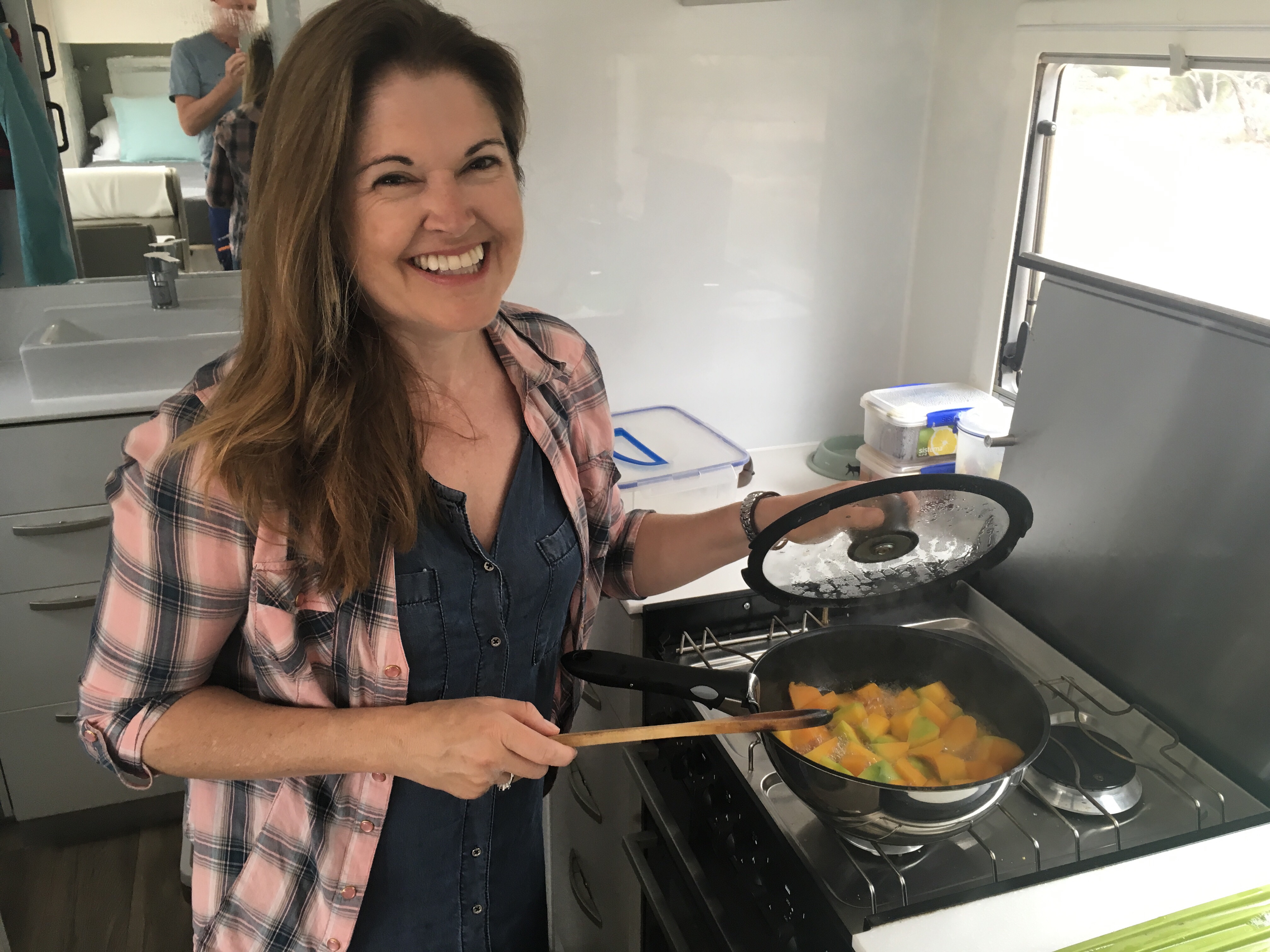 It wasn’t a long day behind the wheel though, and by early afternoon we were pulling up. It was a great location on a bend of the Murray, with only a few other vans here.
It wasn’t a long day behind the wheel though, and by early afternoon we were pulling up. It was a great location on a bend of the Murray, with only a few other vans here.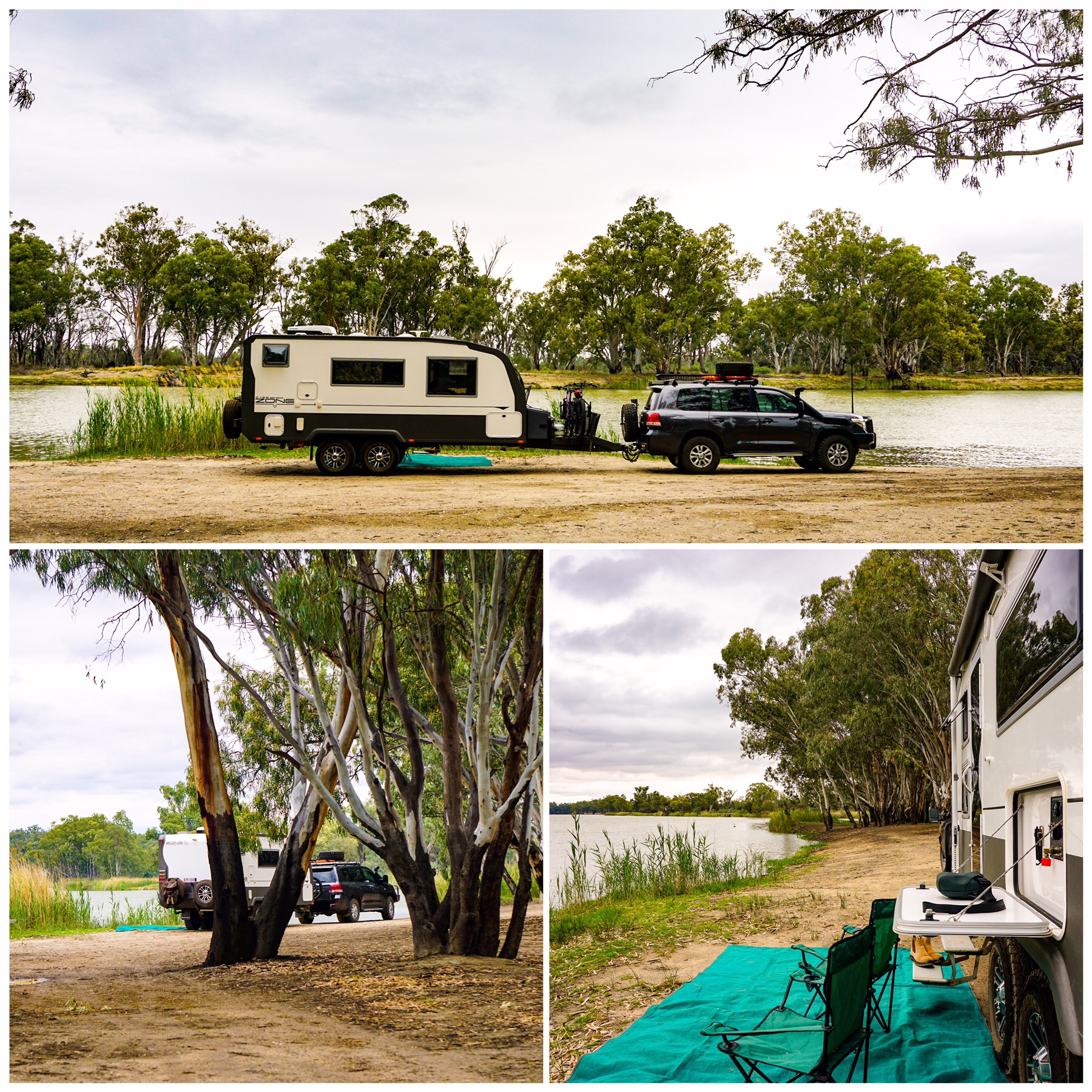 It was good to get in the bush again after our caravan park. Tas was happy to see a bit of greenery she could sniff around in, and didn’t seem phased by us being right next to such a large body of water. She really is developing a higher tolerance for new things!
It was good to get in the bush again after our caravan park. Tas was happy to see a bit of greenery she could sniff around in, and didn’t seem phased by us being right next to such a large body of water. She really is developing a higher tolerance for new things!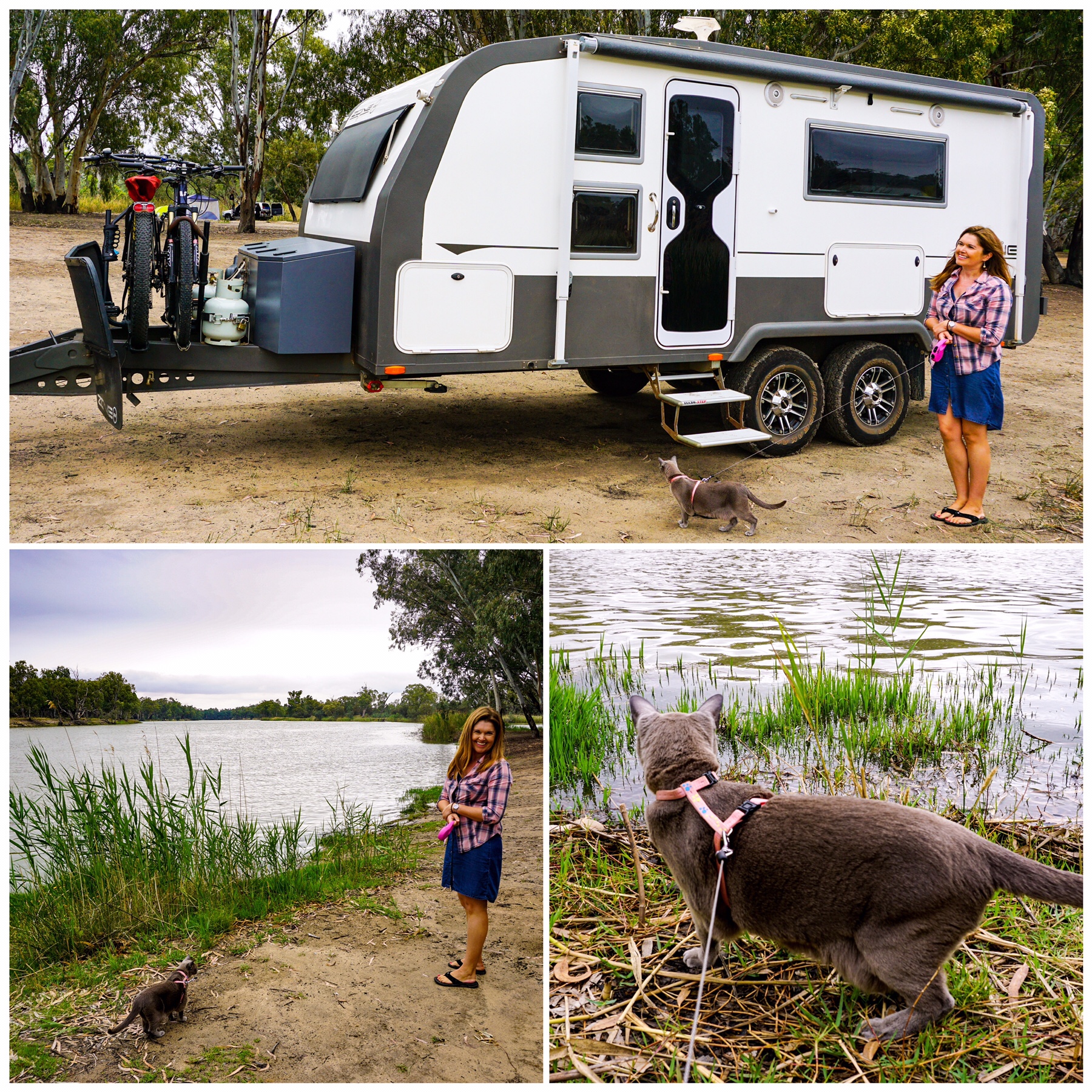 I had been looking forward to getting the Packrafts out on the water, but with drizzle and wind it wasnt too appealing. Our neighbours also wandered over to warn us about a large brown snake that had driven off the previous occupants of our pitch. Ah well, better keep our eyes peeled.
I had been looking forward to getting the Packrafts out on the water, but with drizzle and wind it wasnt too appealing. Our neighbours also wandered over to warn us about a large brown snake that had driven off the previous occupants of our pitch. Ah well, better keep our eyes peeled.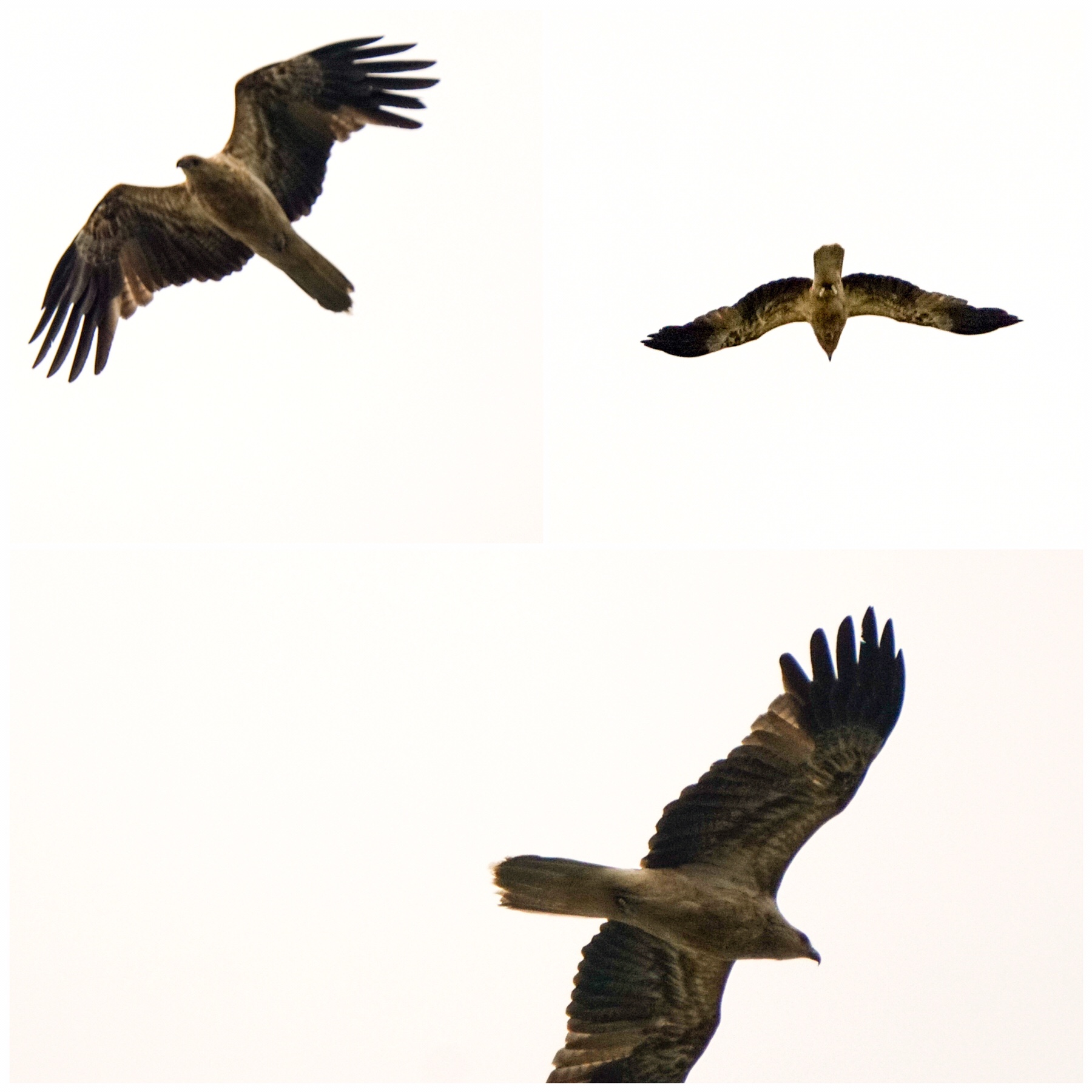 After a cuppa we headed out for a quick explore, with half an eye on the gathering storm clouds. We really have landed in a beautiful spot, a giant grey kanagaroo bounded off when he saw us, more cormorants were splashing in and out of a backwater of the Murray. We really like this location – it’s free to camp here too!
After a cuppa we headed out for a quick explore, with half an eye on the gathering storm clouds. We really have landed in a beautiful spot, a giant grey kanagaroo bounded off when he saw us, more cormorants were splashing in and out of a backwater of the Murray. We really like this location – it’s free to camp here too!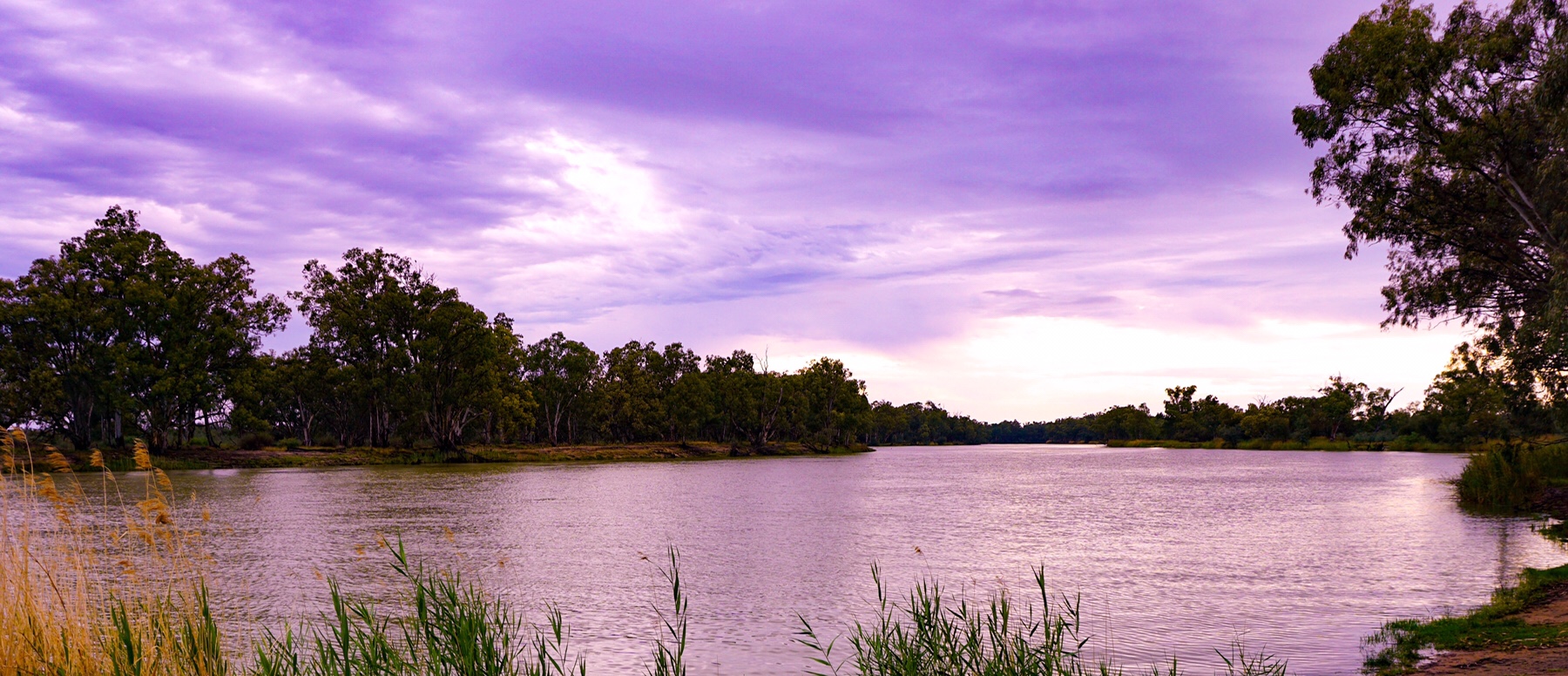
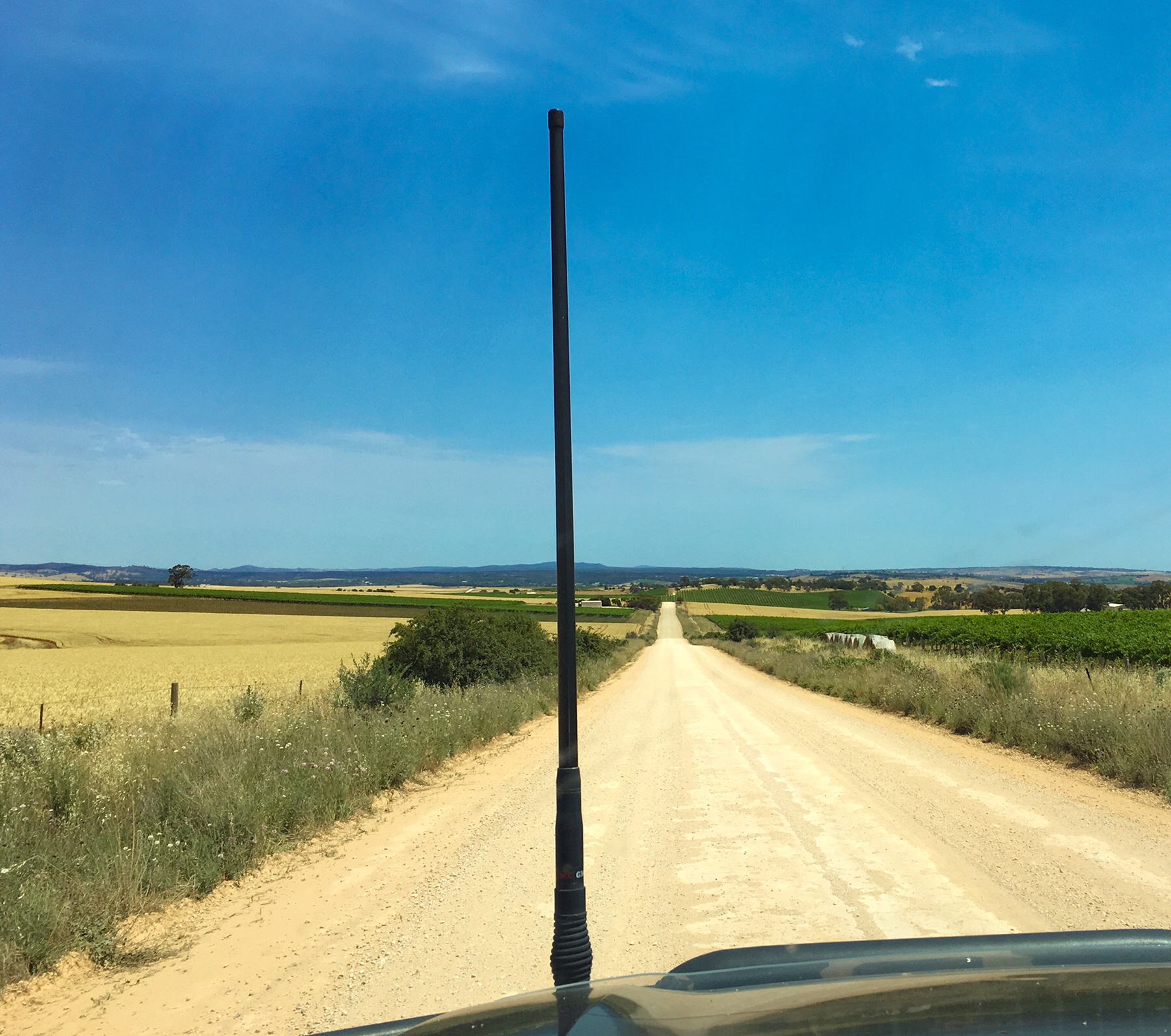 Our first task was to travel to the nearby settlement of Nuriootpa to visit the bank. I had been paid for two years of work with Vanderbilt University with a cheque in USA dollars and had to pay it in before it expired. Of course this was not an easy task and required forms to be completed and for me to pay $45 fee up front for the privilege! I should expect to see my money in my account by the end of January next year…nothing is ever quick or easy in the world of banking! It just so happened the bank was next door to a very pretty bakery café, which then ended up as our lunch spot. Mr A proudly announced they had the best vanilla slice he had tried this trip. Big call – there have been quite a few vanilla slice tastings!
Our first task was to travel to the nearby settlement of Nuriootpa to visit the bank. I had been paid for two years of work with Vanderbilt University with a cheque in USA dollars and had to pay it in before it expired. Of course this was not an easy task and required forms to be completed and for me to pay $45 fee up front for the privilege! I should expect to see my money in my account by the end of January next year…nothing is ever quick or easy in the world of banking! It just so happened the bank was next door to a very pretty bakery café, which then ended up as our lunch spot. Mr A proudly announced they had the best vanilla slice he had tried this trip. Big call – there have been quite a few vanilla slice tastings!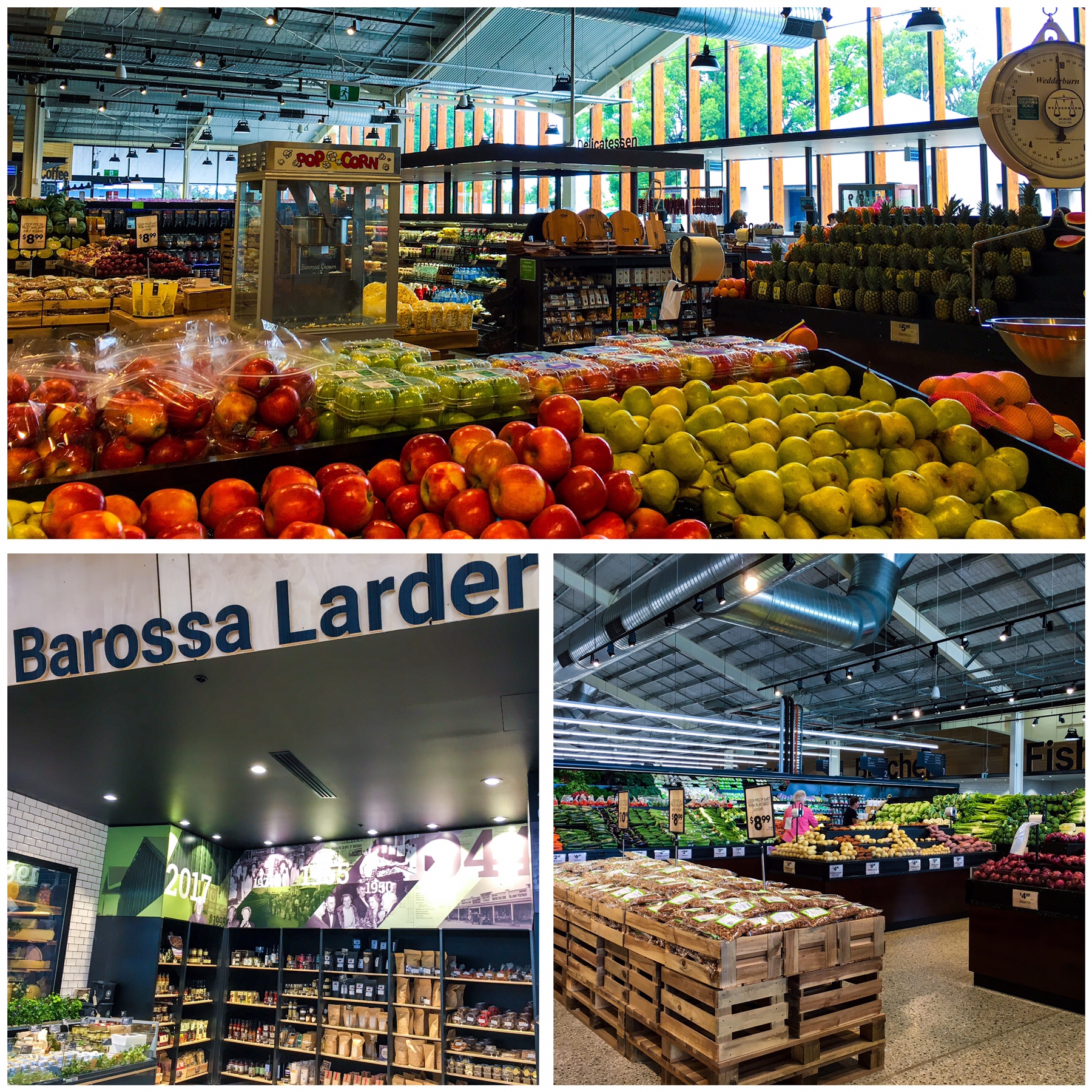 It was more like a market than a supermarket, with cheese counters and delicatessens spilling over with produce. It was overall an excellent experience. Even the staff were cheerful and chatty, with our checkout server proudly announcing the store was intending to steal the accolade of ‘Best Supermarket in South Australia’ from the store we visited in Frewville, Adelaide. I’d say they are not far off!
It was more like a market than a supermarket, with cheese counters and delicatessens spilling over with produce. It was overall an excellent experience. Even the staff were cheerful and chatty, with our checkout server proudly announcing the store was intending to steal the accolade of ‘Best Supermarket in South Australia’ from the store we visited in Frewville, Adelaide. I’d say they are not far off!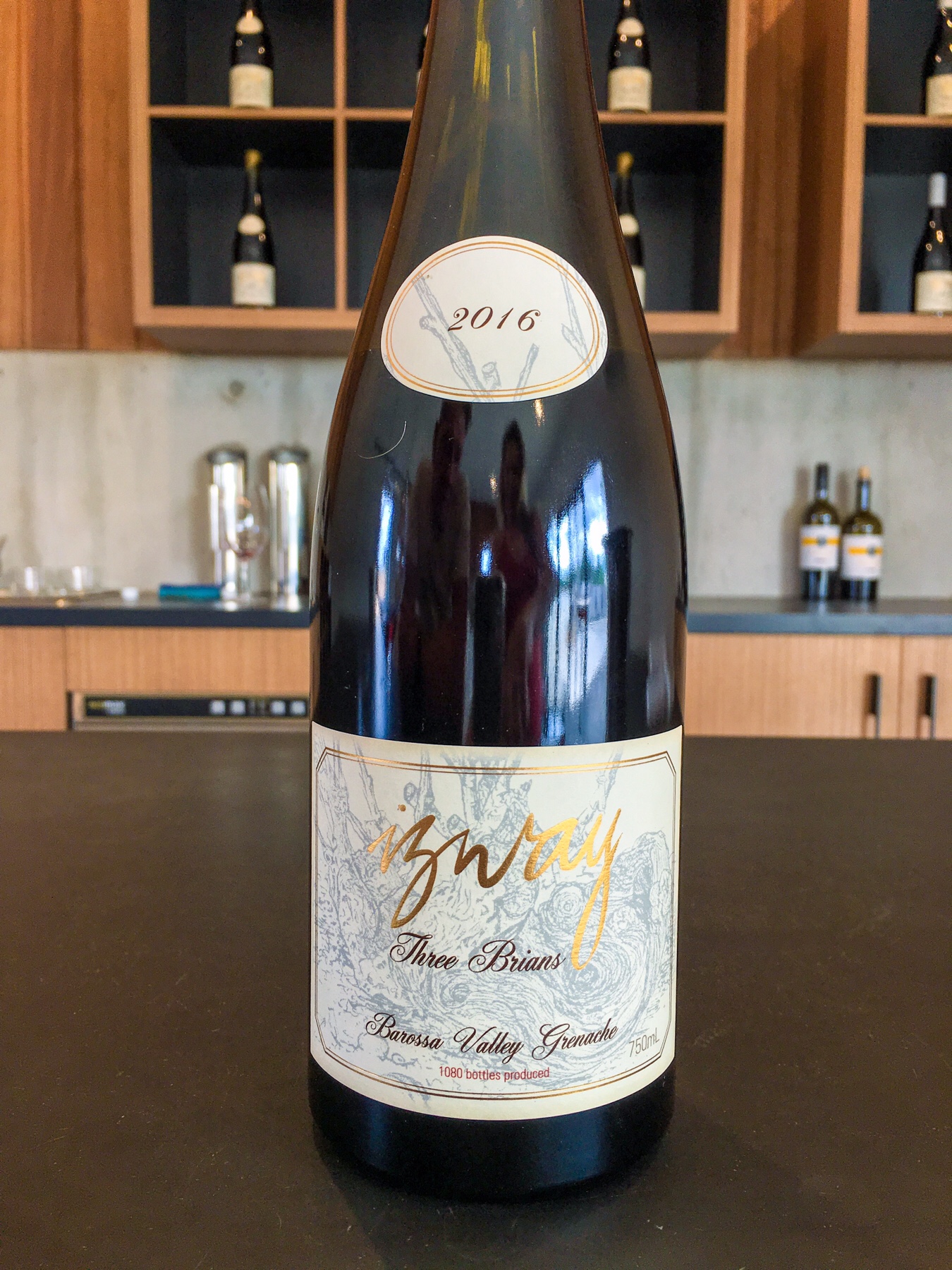 There were some delicious wines – their single vineyard Three Brians Grenache, made from 116 year old vines, was a standout, and we bought a bottle of the Maurice Grenache (also single vineyard, younger 50 year old vines) and the Rob and Les Shiraz. We are seriously running out of wine storage now!
There were some delicious wines – their single vineyard Three Brians Grenache, made from 116 year old vines, was a standout, and we bought a bottle of the Maurice Grenache (also single vineyard, younger 50 year old vines) and the Rob and Les Shiraz. We are seriously running out of wine storage now! 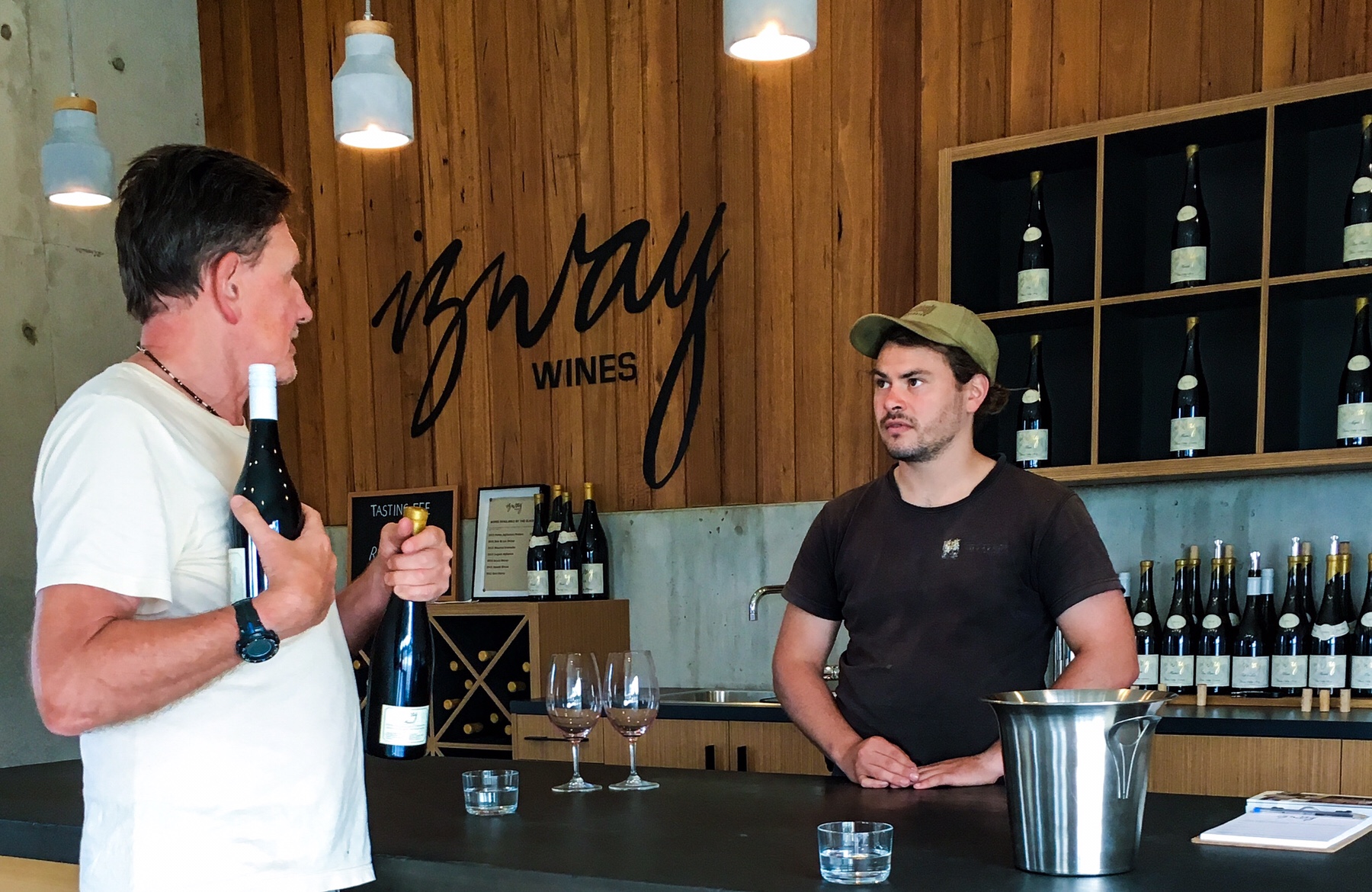 We headed back to camp after this tasting. Tonight the weather is due to change quite dramatically, with temperatures predicted to drop more than 10 degrees with torrential rain and thunder storms – already there is discussion of sandbagging shopfronts and preparing for flooding. There’s nothing more people love to talk about than a dramatically extreme weather event!
We headed back to camp after this tasting. Tonight the weather is due to change quite dramatically, with temperatures predicted to drop more than 10 degrees with torrential rain and thunder storms – already there is discussion of sandbagging shopfronts and preparing for flooding. There’s nothing more people love to talk about than a dramatically extreme weather event!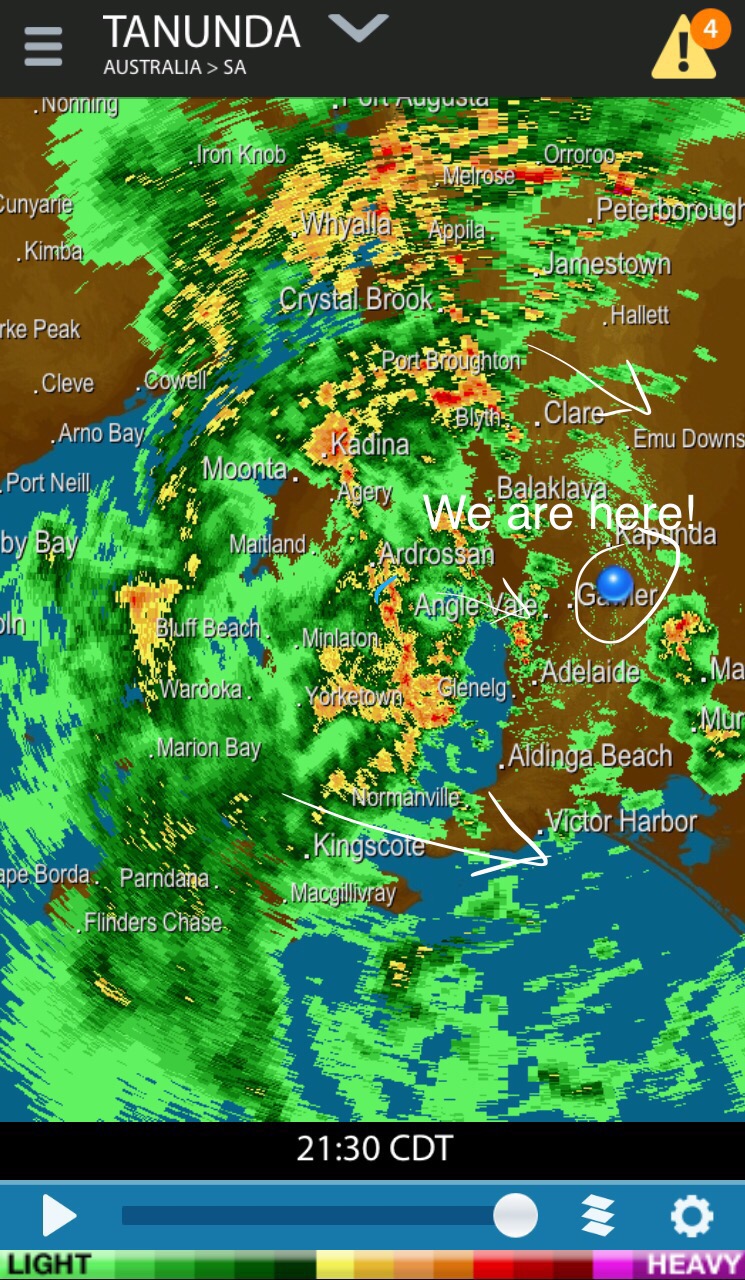 We’re getting as packed up as possible while the sun still shines. We’ll be moving on tomorrow to our next location, a few kilometres closer to Sydney, somewhere along the River Murray (hopefully not on a flood plain!). We have really loved our time in the Adelaide Hills and Barossa Valley – a combination of lovely people, stunning scenery, great cycling (despite no other cyclists!) and fabulous food and wine. We are sorry to leave, but sure to return.
We’re getting as packed up as possible while the sun still shines. We’ll be moving on tomorrow to our next location, a few kilometres closer to Sydney, somewhere along the River Murray (hopefully not on a flood plain!). We have really loved our time in the Adelaide Hills and Barossa Valley – a combination of lovely people, stunning scenery, great cycling (despite no other cyclists!) and fabulous food and wine. We are sorry to leave, but sure to return.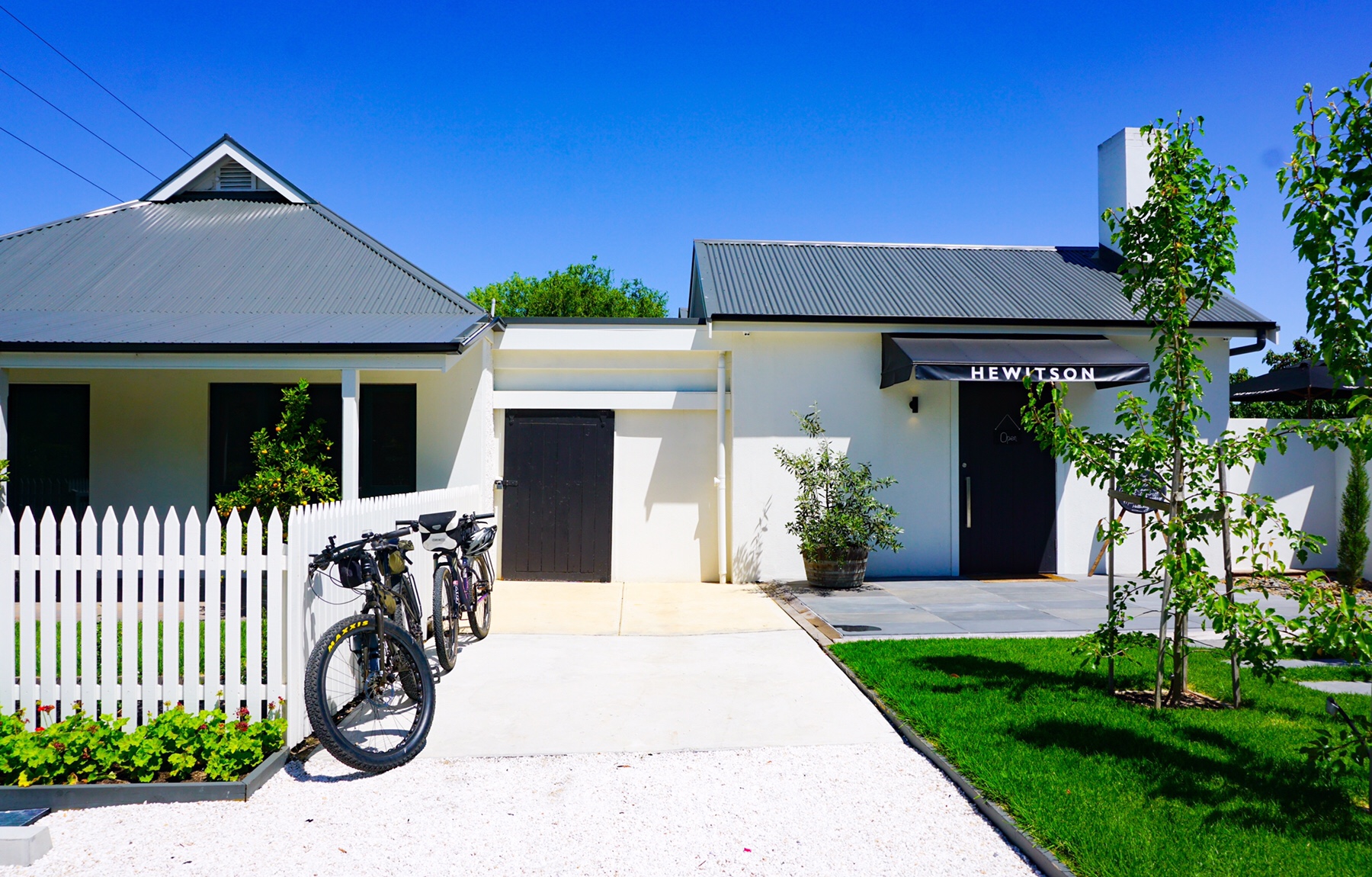 I was particularly attracted by the 97 points they had just been awarded by James Halliday (wine critic) for their Mother Vine Monopole. We were the only people tasting at this newly opened cellar door with fabulous views stretching over the vineyard.
I was particularly attracted by the 97 points they had just been awarded by James Halliday (wine critic) for their Mother Vine Monopole. We were the only people tasting at this newly opened cellar door with fabulous views stretching over the vineyard.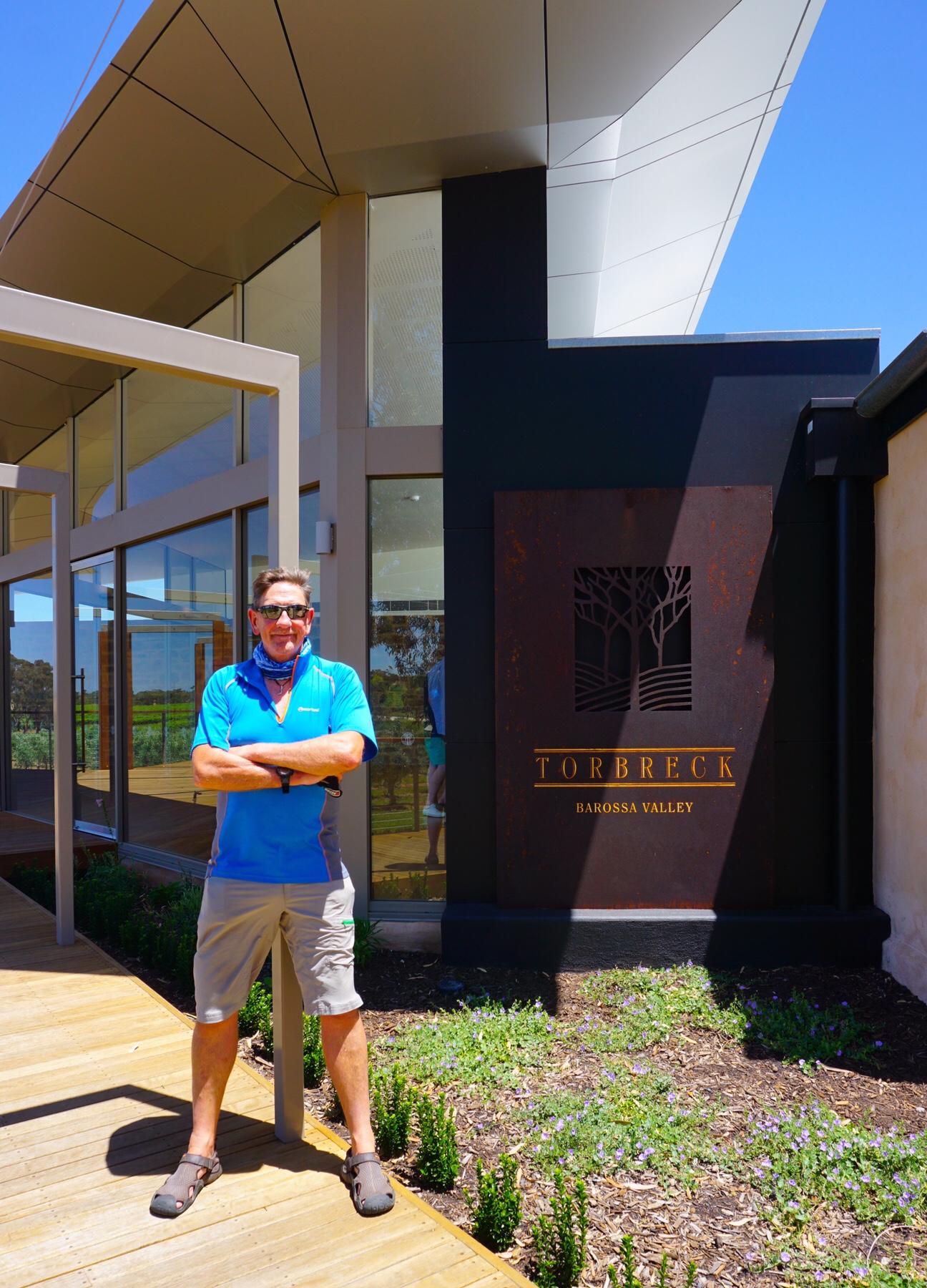 What a disappointing experience. Initially, we were ignored, before the gentleman behind the counter came over and asked us what we’d like to taste. We selected something we’d not previously tasted, he poured us a sample and walked away. The tasting notes were minimalistic – simply the grape and whether it had been in a barrel or not. We tasted and tried to regain eye contact hoping he might return and instil some of the magic – the stories behind the wine, where the grape was originally grown, how it came to this vineyard, the flavours and aromas you might encounter, the colour, any prizes or reviews the wine had, where it is sold – all help bring a tasting to life. There was none of that here. A second cellar door person emerged and we called her over to see whether she would tell us more. She asked with irritation ‘What are your questions?’. If I hadn’t wanted to try more, we would have left there and then. Mr A almost did.
What a disappointing experience. Initially, we were ignored, before the gentleman behind the counter came over and asked us what we’d like to taste. We selected something we’d not previously tasted, he poured us a sample and walked away. The tasting notes were minimalistic – simply the grape and whether it had been in a barrel or not. We tasted and tried to regain eye contact hoping he might return and instil some of the magic – the stories behind the wine, where the grape was originally grown, how it came to this vineyard, the flavours and aromas you might encounter, the colour, any prizes or reviews the wine had, where it is sold – all help bring a tasting to life. There was none of that here. A second cellar door person emerged and we called her over to see whether she would tell us more. She asked with irritation ‘What are your questions?’. If I hadn’t wanted to try more, we would have left there and then. Mr A almost did.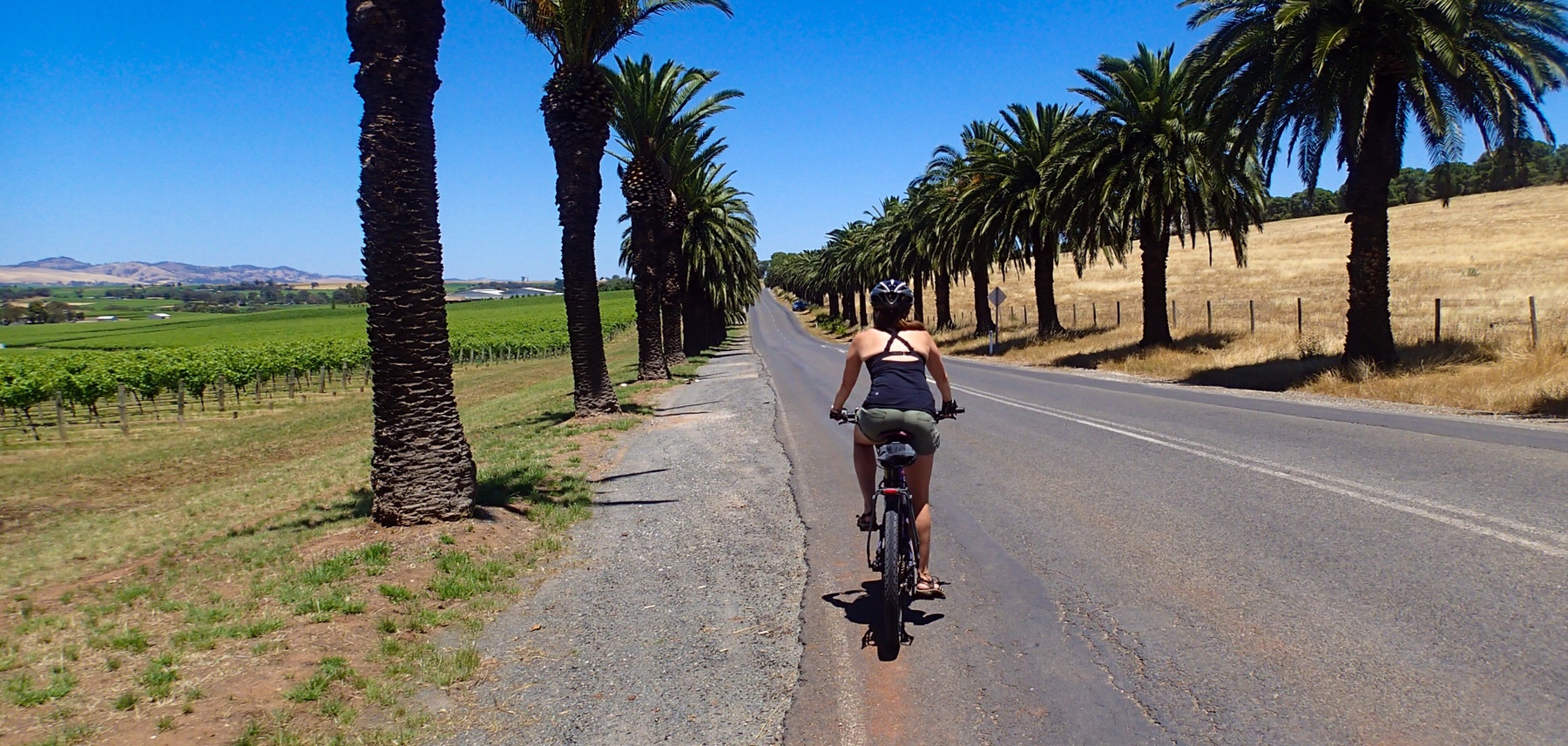
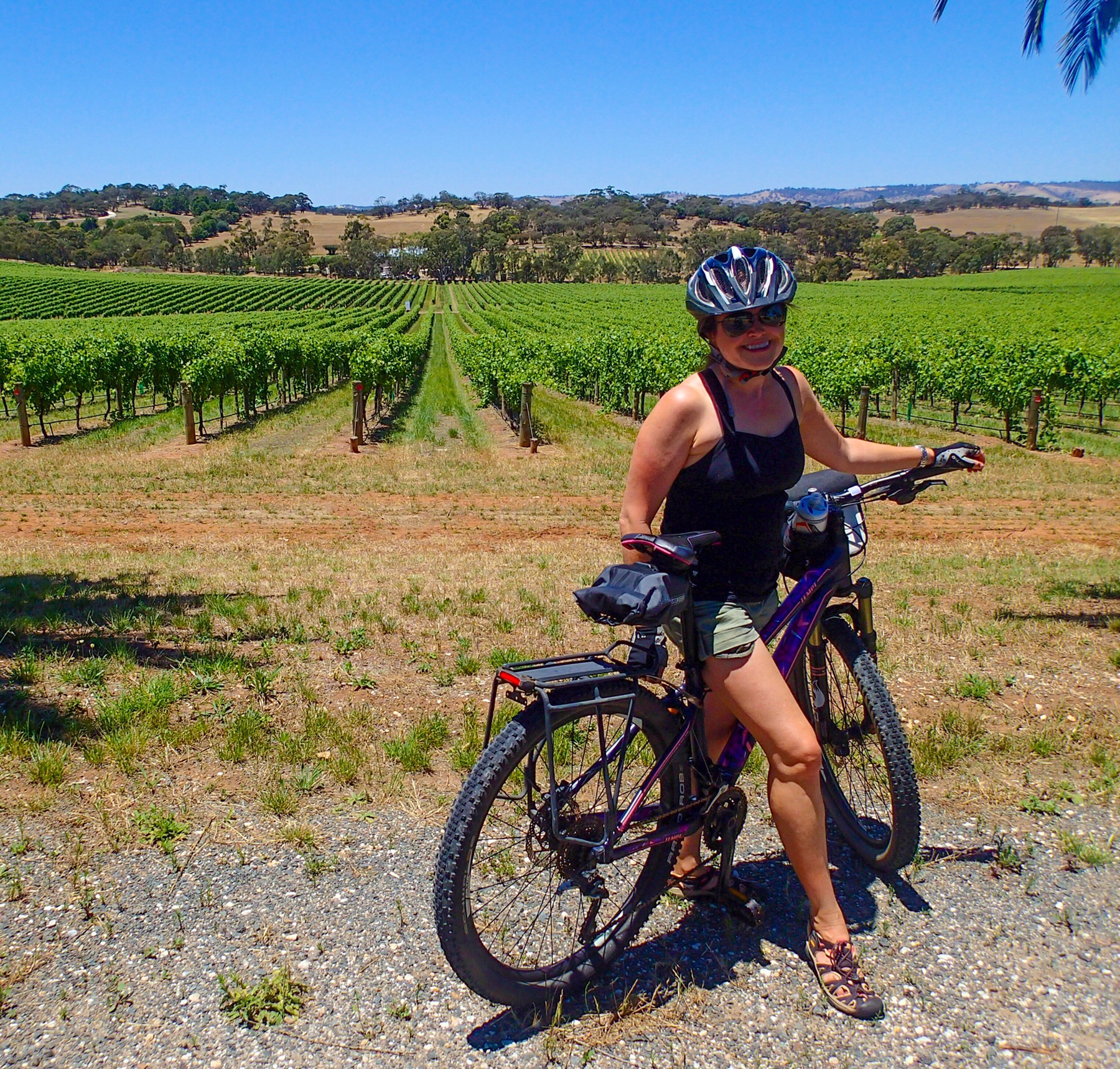
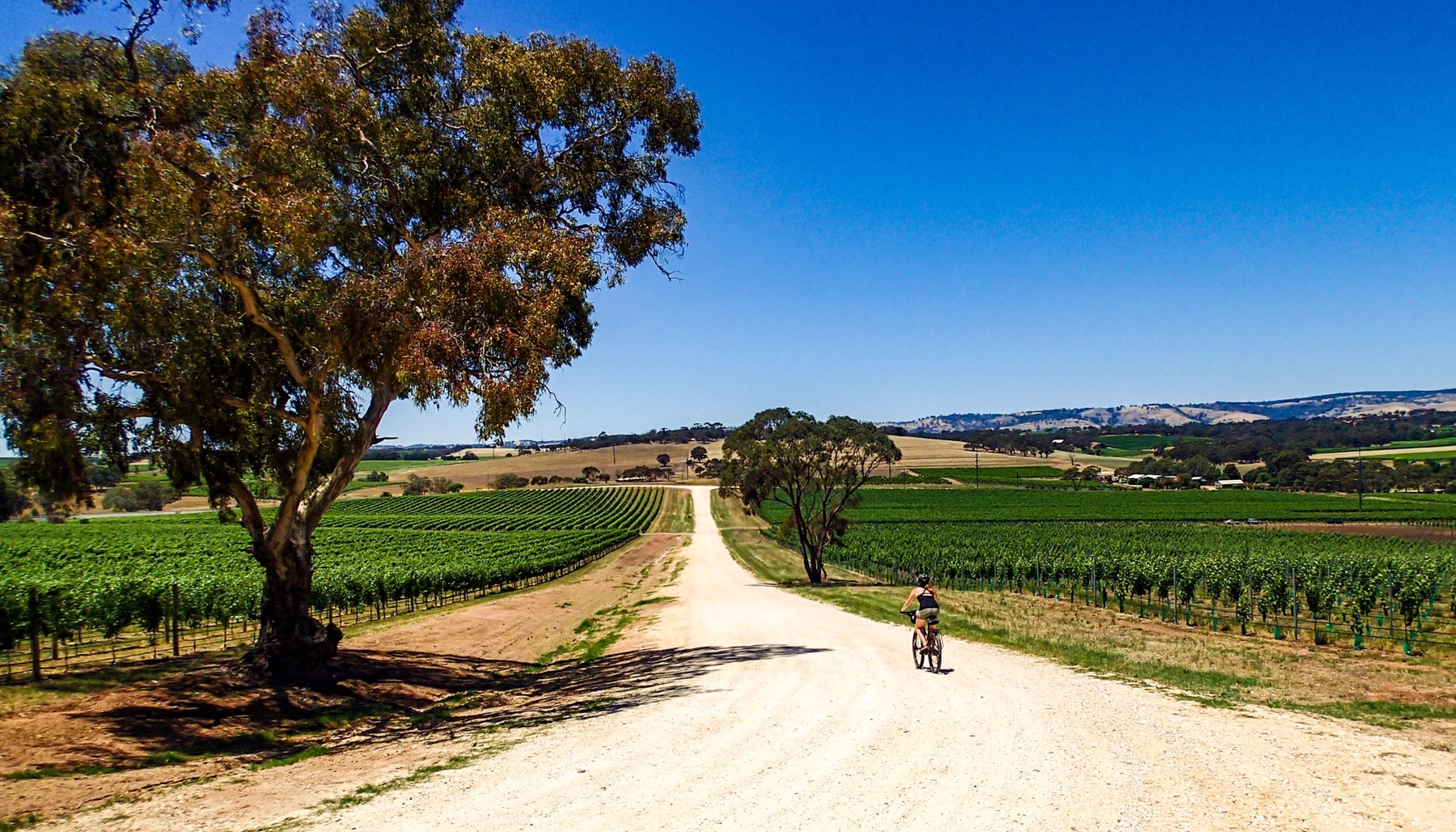 Our enthusiasm for wine tasting waned after that third experience, and so we decided to continue our circuit and head back into Tanundra for some lunch, riding through some spectacular scenery and seeing no other cyclists. We settled at a lovely little café for some great food.
Our enthusiasm for wine tasting waned after that third experience, and so we decided to continue our circuit and head back into Tanundra for some lunch, riding through some spectacular scenery and seeing no other cyclists. We settled at a lovely little café for some great food.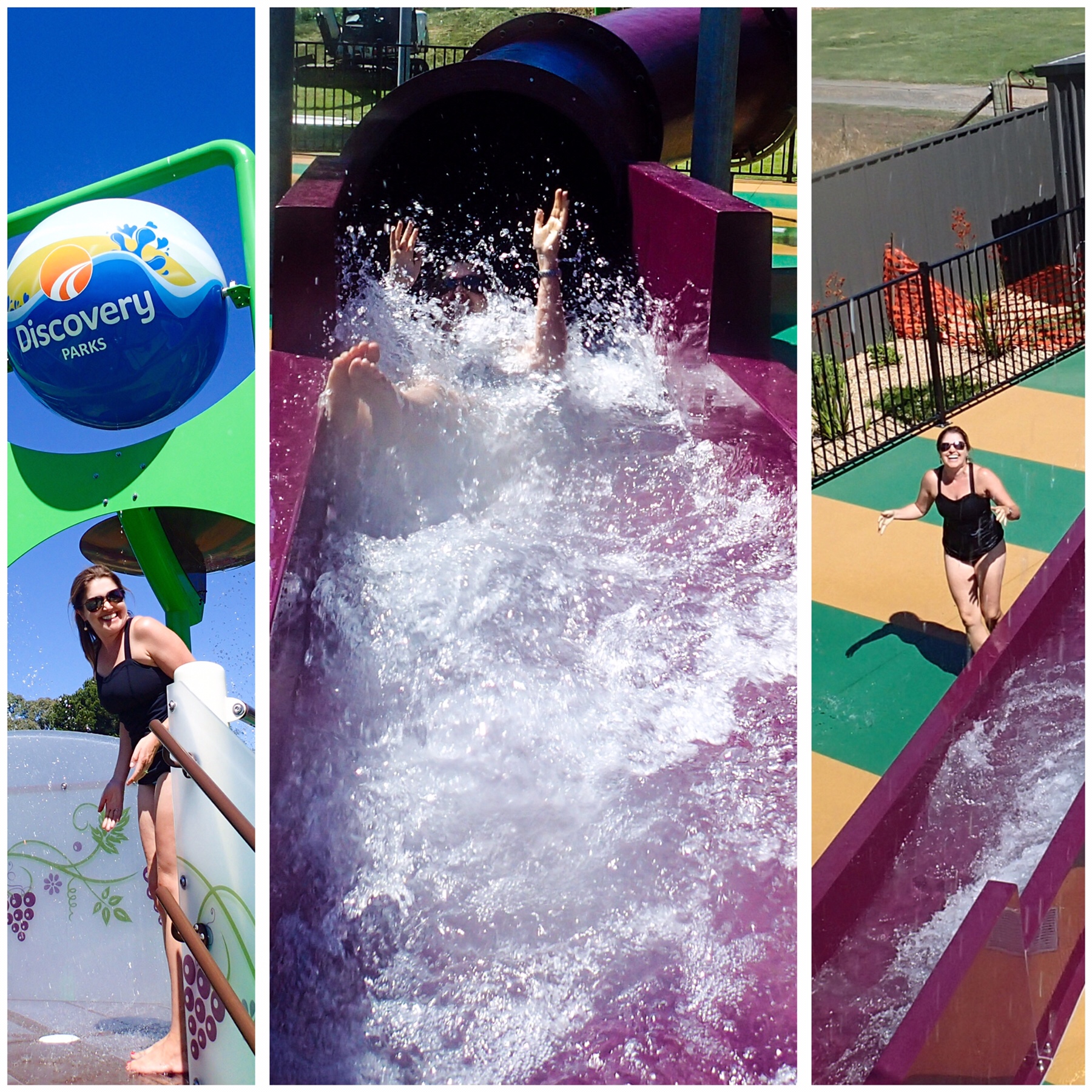 The remainder of the afternoon was spent simply relaxing, reading our books and sipping on a Bohemian Pilsner – a gift from Ali from Lobethal Bierhaus. Thank you Ali – they’re just the ticket and a reminder of wine (and beer) tasting with better service!
The remainder of the afternoon was spent simply relaxing, reading our books and sipping on a Bohemian Pilsner – a gift from Ali from Lobethal Bierhaus. Thank you Ali – they’re just the ticket and a reminder of wine (and beer) tasting with better service!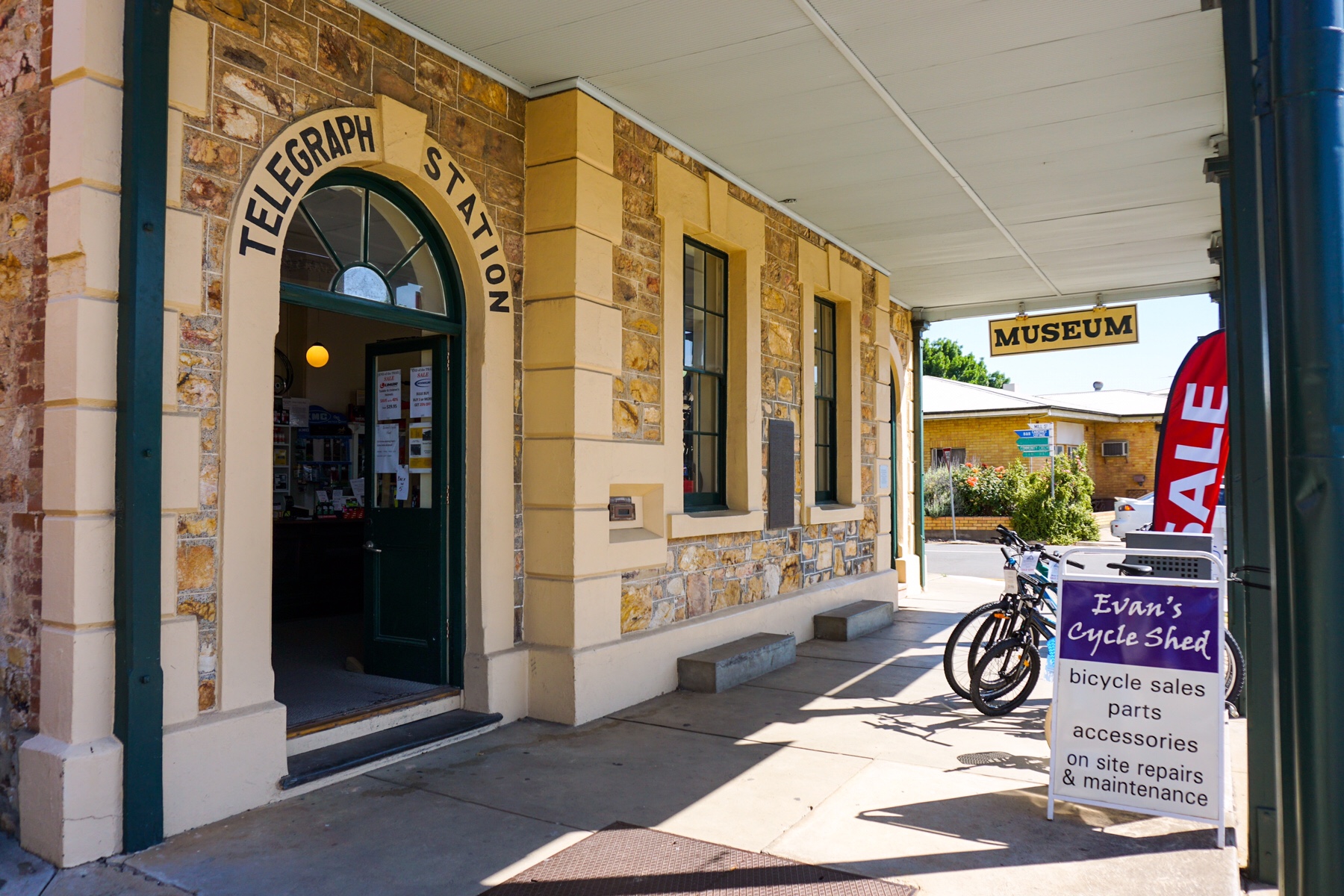 I supervised….
I supervised….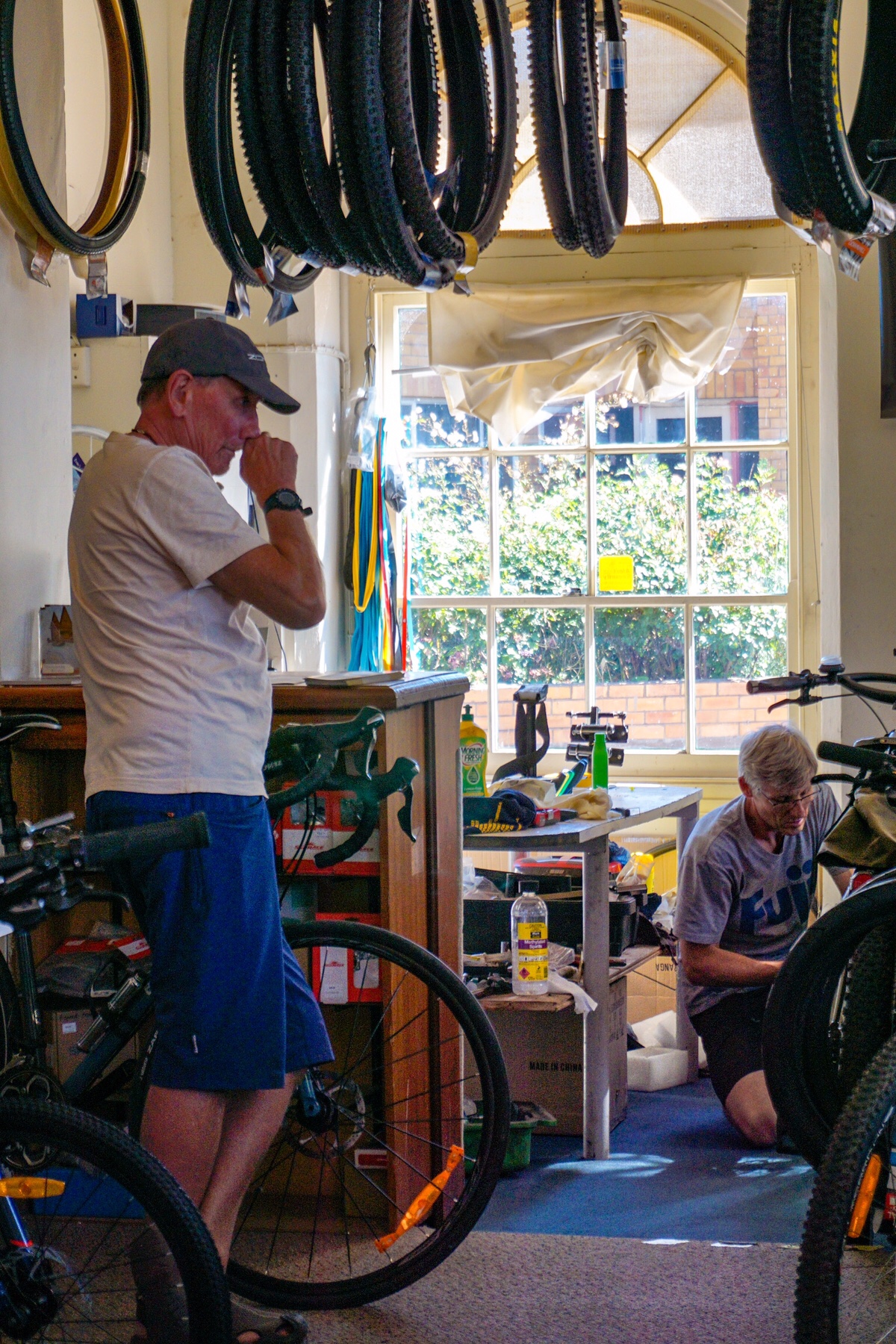 We got chatting, and sadly an all too familiar story emerged. After 18 months of getting the shop set up he was throwing in the towel at Christmas. Just not enough business. He told me that cycling participation in Adelaide and its surrounds is down by 20% this year. A similar story to Sydney. We both mused over the cause. I shared with him a little bit of research I had done this week. If you’ve read my Facebook post skip this bit. After reading about another cyclist being killed in Sydney I Googled on the phrase “cyclist dies” and set my search parameters to Australia and the last month. Eight deaths and another two left ‘fighting for their lives’. In three of the cases the driver didn’t stop but just left the cyclist in the road. As Evan said, there’s not much good news reported on cycling in Australia. Instead it is often tales of road rage from either the motorist or the rider, or reporting on these terrible accidents.
We got chatting, and sadly an all too familiar story emerged. After 18 months of getting the shop set up he was throwing in the towel at Christmas. Just not enough business. He told me that cycling participation in Adelaide and its surrounds is down by 20% this year. A similar story to Sydney. We both mused over the cause. I shared with him a little bit of research I had done this week. If you’ve read my Facebook post skip this bit. After reading about another cyclist being killed in Sydney I Googled on the phrase “cyclist dies” and set my search parameters to Australia and the last month. Eight deaths and another two left ‘fighting for their lives’. In three of the cases the driver didn’t stop but just left the cyclist in the road. As Evan said, there’s not much good news reported on cycling in Australia. Instead it is often tales of road rage from either the motorist or the rider, or reporting on these terrible accidents.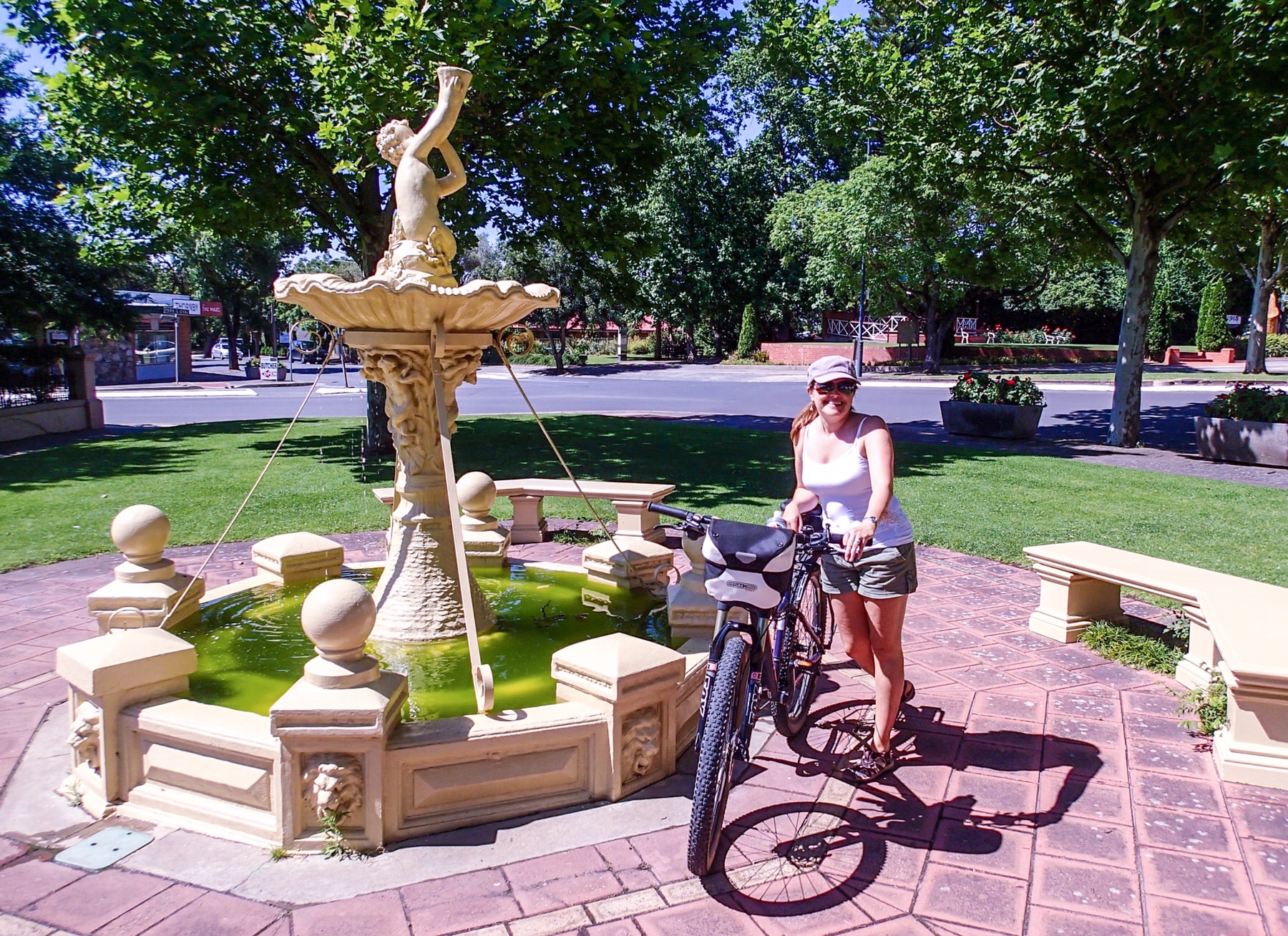 Catherine then got pulled over by the police for not wearing a helmet. Oh dear…more bad news for cyclists, you can’t just potter around the shops wearing a hat. You have to wear a helmet for every type of ride, including wandering along a cycle path to pick up an ice cream. So guess what, another reason people give for not taking their bike out for that quick trip to the shops.
Catherine then got pulled over by the police for not wearing a helmet. Oh dear…more bad news for cyclists, you can’t just potter around the shops wearing a hat. You have to wear a helmet for every type of ride, including wandering along a cycle path to pick up an ice cream. So guess what, another reason people give for not taking their bike out for that quick trip to the shops.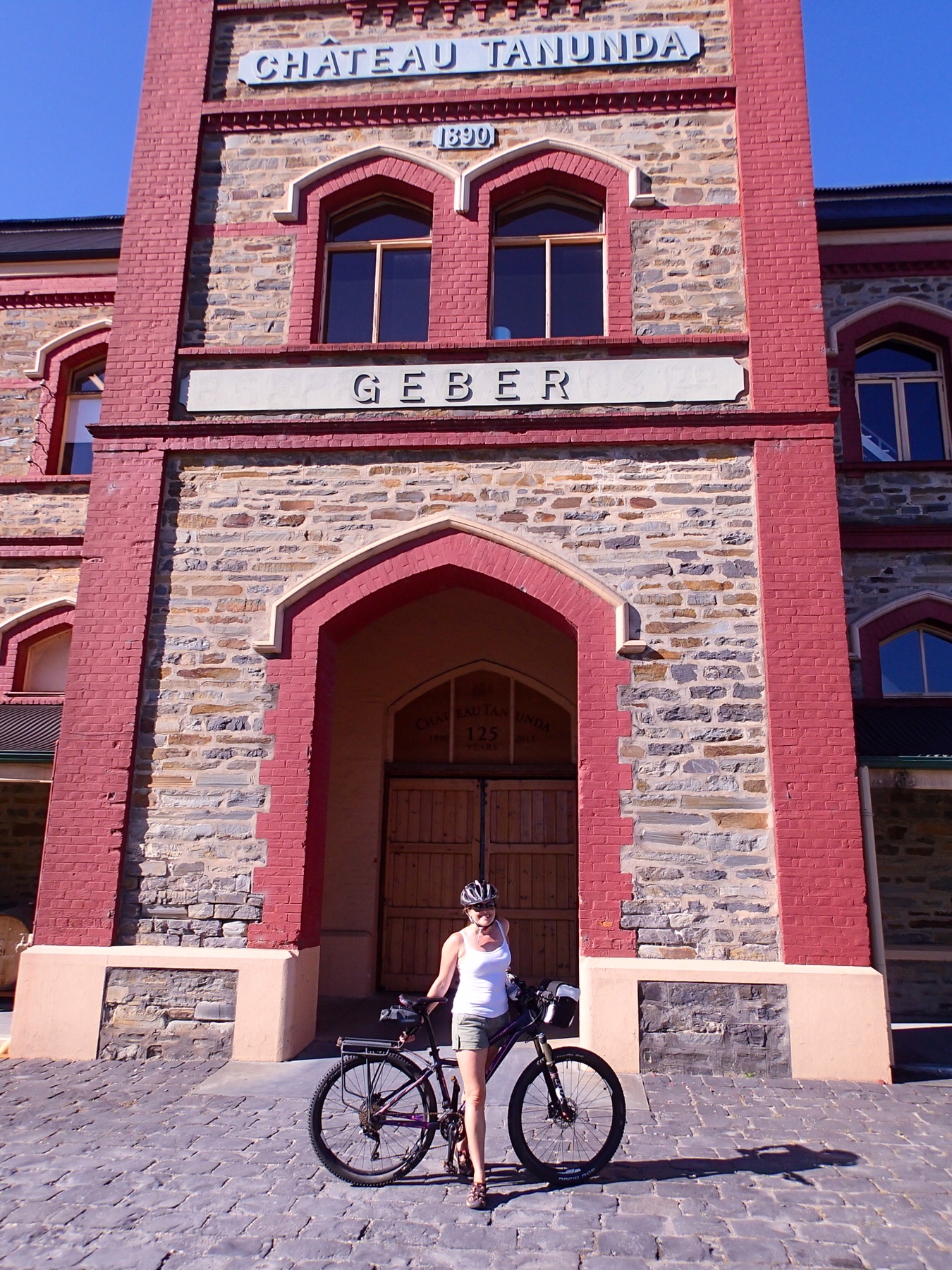 Everywhere is kept so spick and span, it is a real treat to see after these struggling outback towns we have spent so many months travelling through.
Everywhere is kept so spick and span, it is a real treat to see after these struggling outback towns we have spent so many months travelling through. 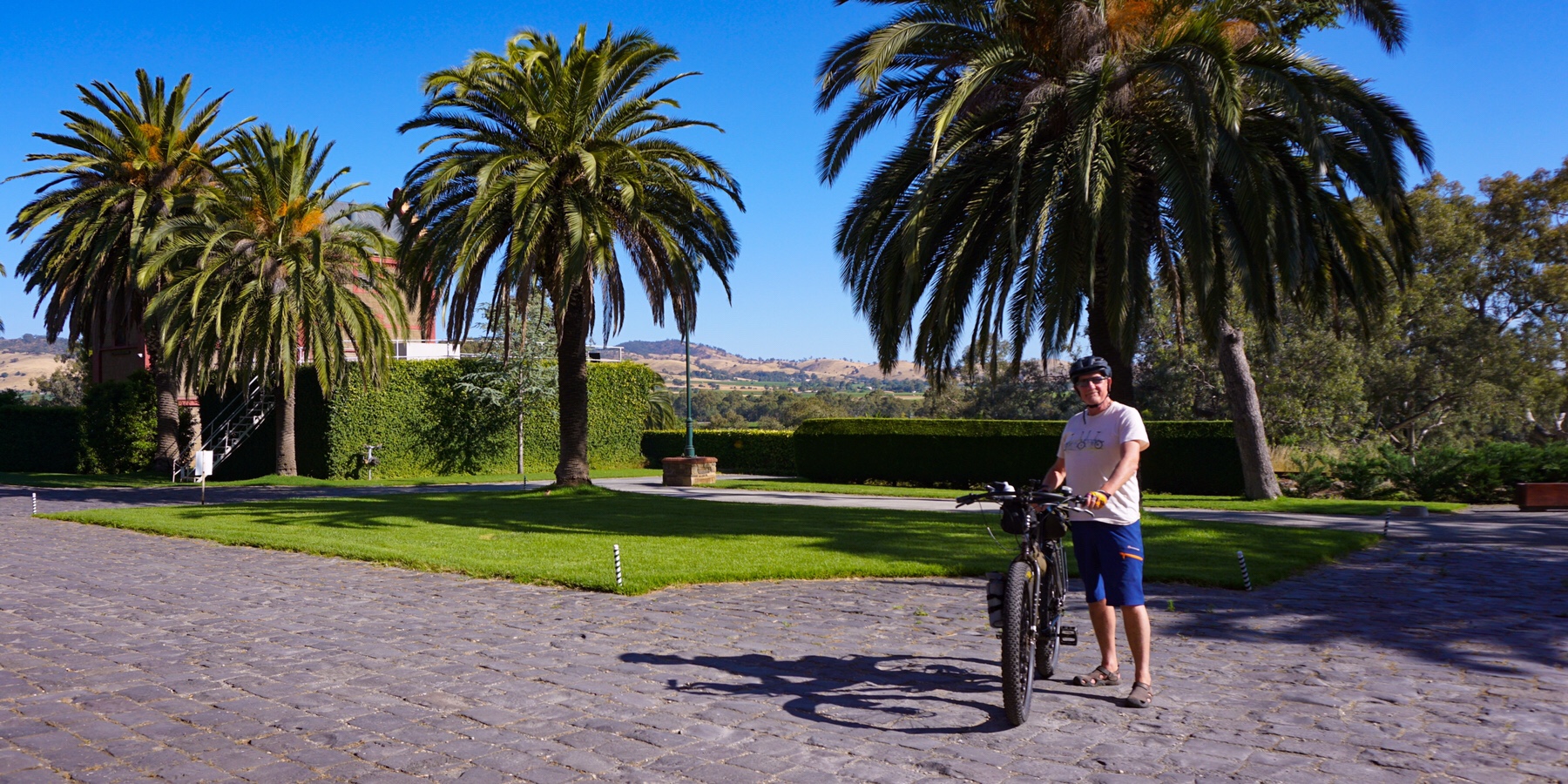 The scenery surrounding the town is just gorgeous, rolling hills frame the vineyards. Who needs the Loire Valley?!
The scenery surrounding the town is just gorgeous, rolling hills frame the vineyards. Who needs the Loire Valley?!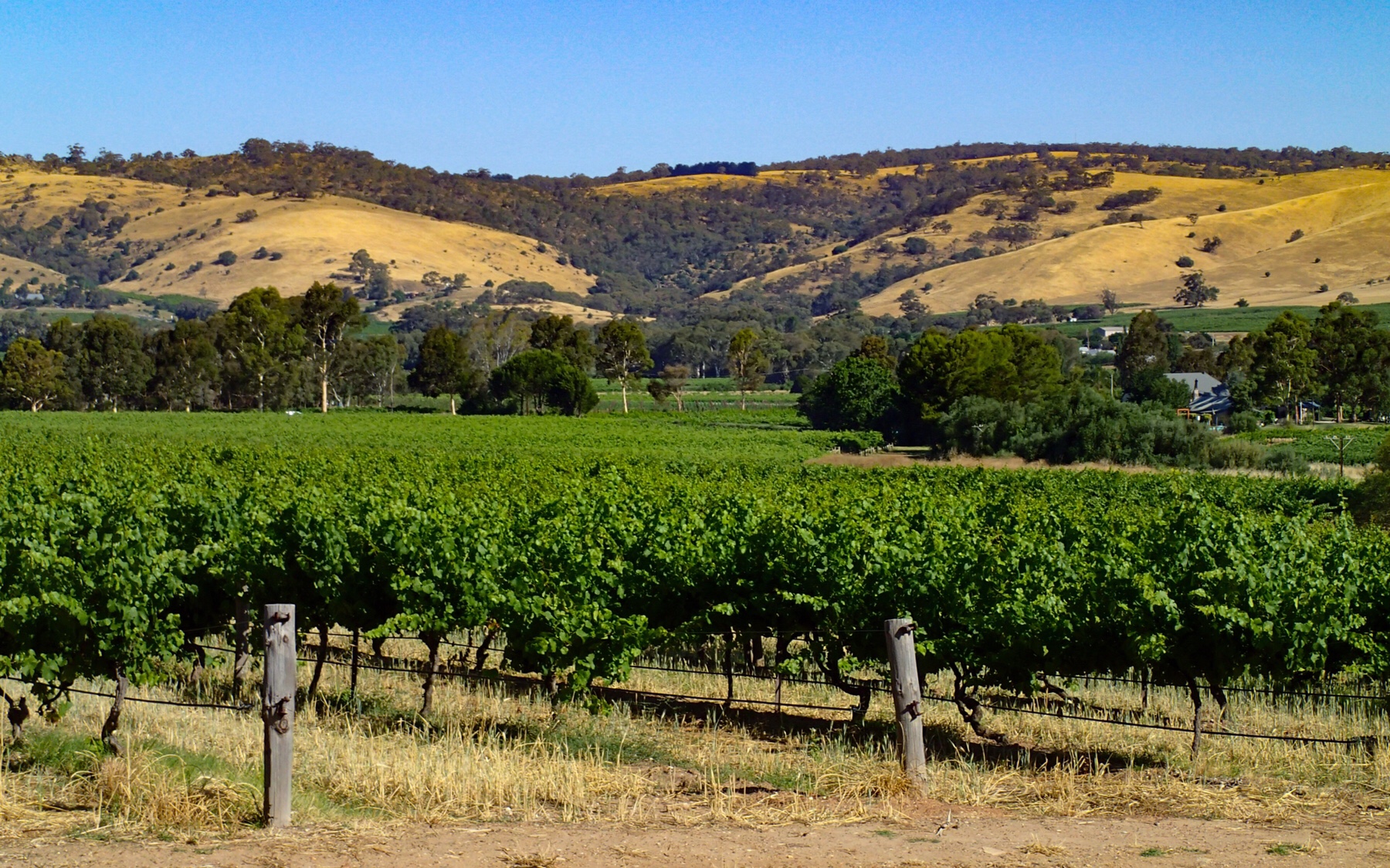 A quick stop at the shops for some more supplies for dinner (so easy on a bike!) and we headed back for another fab meal, and the peace and quiet of no evening construction works, oh and no wine 🙁
A quick stop at the shops for some more supplies for dinner (so easy on a bike!) and we headed back for another fab meal, and the peace and quiet of no evening construction works, oh and no wine 🙁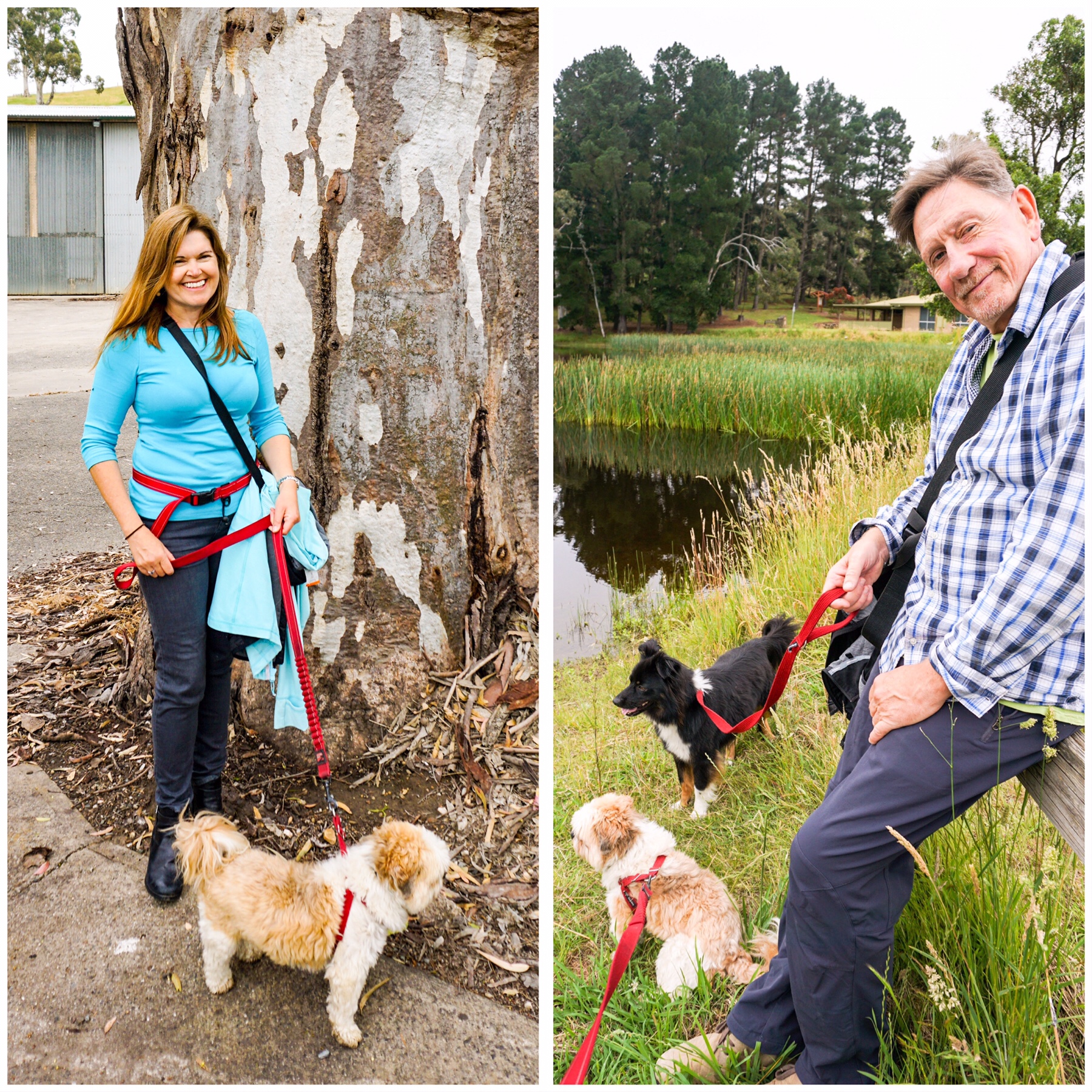 We had just arrived back at the caravan when the party goers arrived back from their celebrations, the boys extremely happy with their ‘football on a string’ gifts from Santa. What a relief they both got the same gift! It wasn’t much later that the invitation went out to join Ali and Andy for espresso martinis…and so Sunday night began.
We had just arrived back at the caravan when the party goers arrived back from their celebrations, the boys extremely happy with their ‘football on a string’ gifts from Santa. What a relief they both got the same gift! It wasn’t much later that the invitation went out to join Ali and Andy for espresso martinis…and so Sunday night began.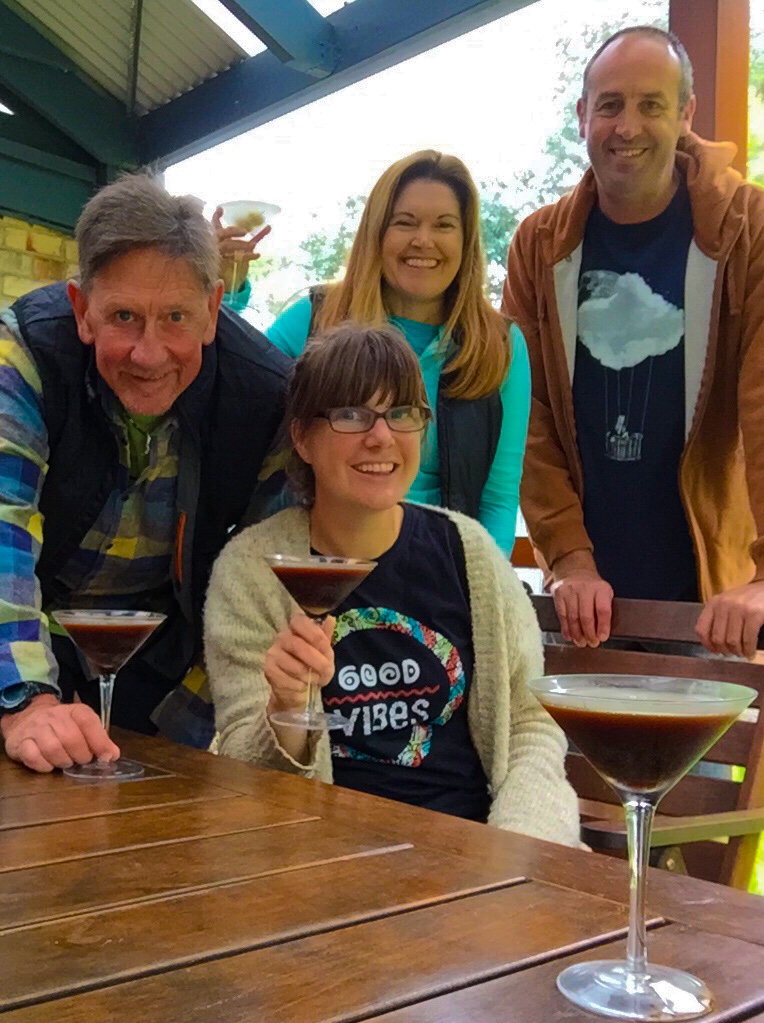
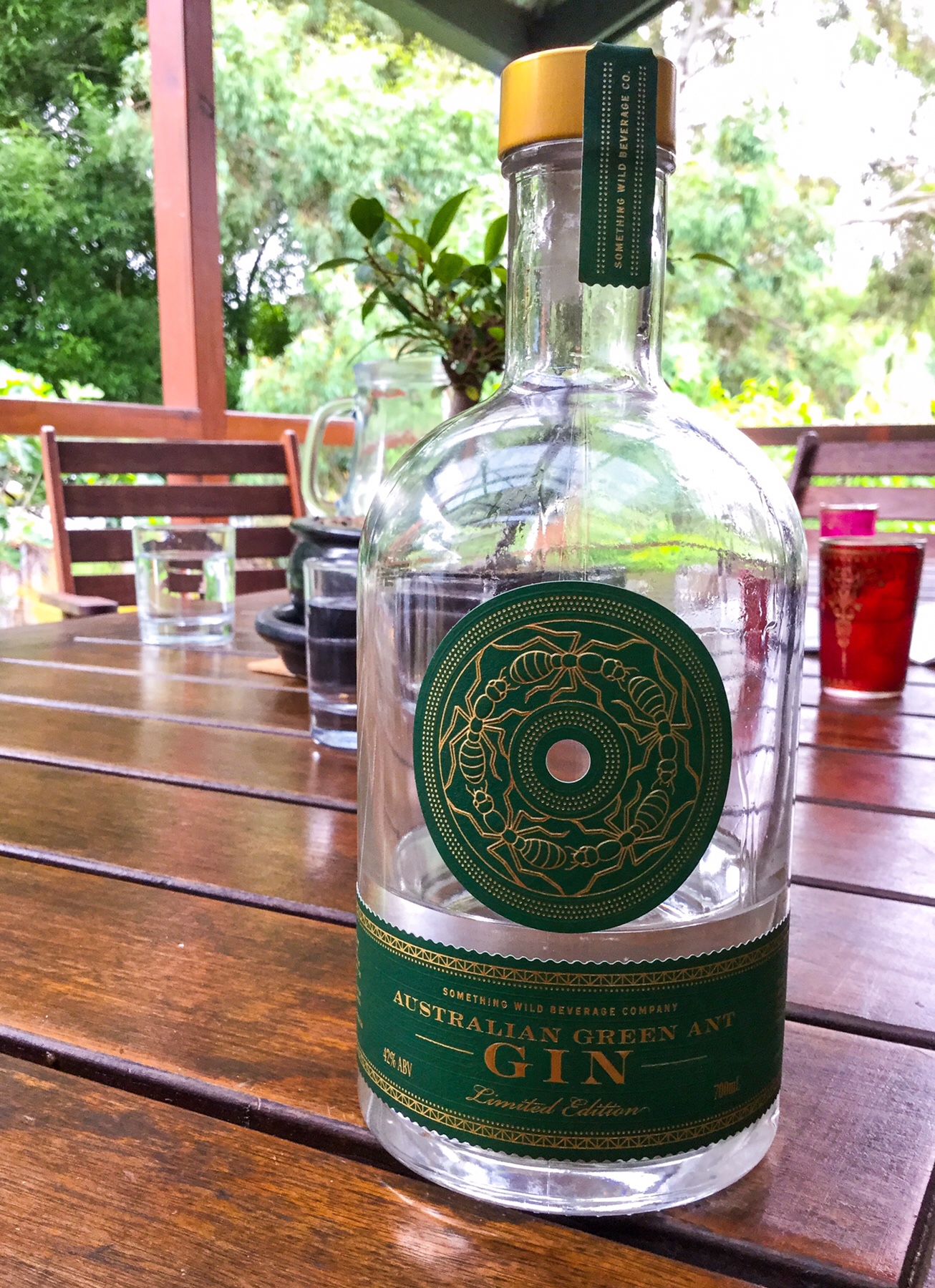 Ali works as marketing manager at ‘Something Wild’, and their Australian Green Ant Gin is just the first of their products we were to be tasting this evening. I am suspecting most people have never tasted a green ant before. I have, while I was in the Northern Territory backpacking – we were invited to try a taste of this bright green delicacy as they trailed they way along tree branches. The idea is to bite them before they bite you back – they have a taste of lime with a hint of coriander and were a favourite of the local Aboriginal populations. It works well in gin!
Ali works as marketing manager at ‘Something Wild’, and their Australian Green Ant Gin is just the first of their products we were to be tasting this evening. I am suspecting most people have never tasted a green ant before. I have, while I was in the Northern Territory backpacking – we were invited to try a taste of this bright green delicacy as they trailed they way along tree branches. The idea is to bite them before they bite you back – they have a taste of lime with a hint of coriander and were a favourite of the local Aboriginal populations. It works well in gin!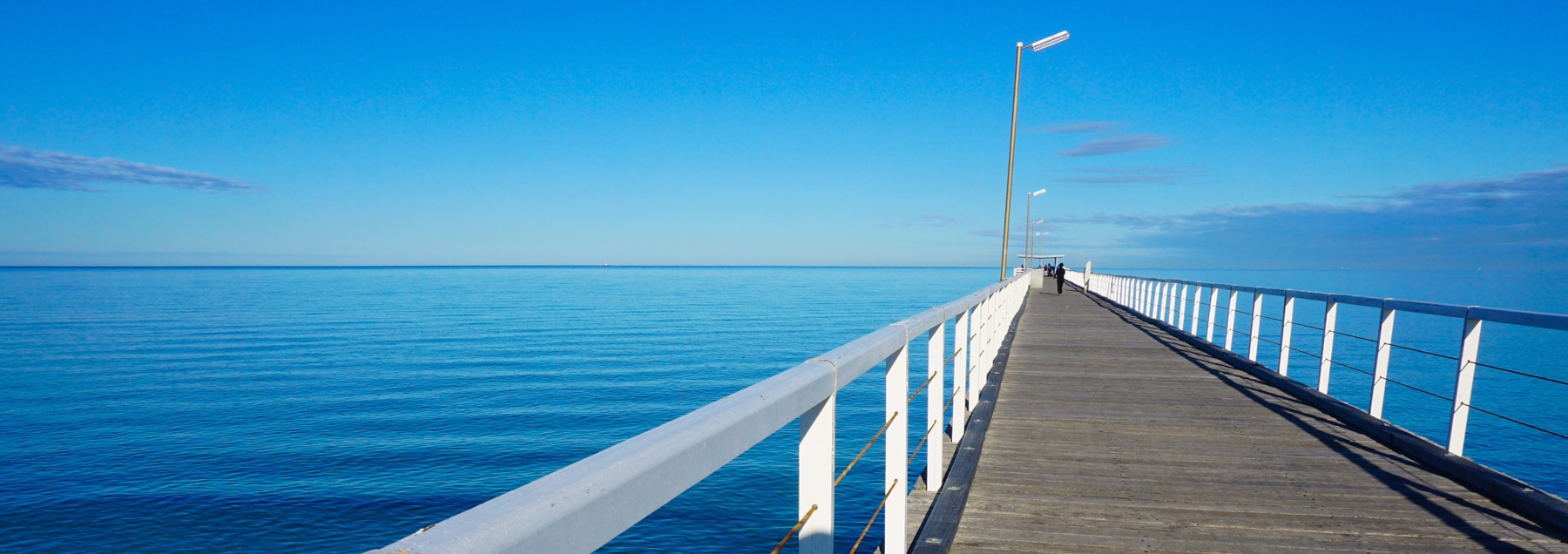
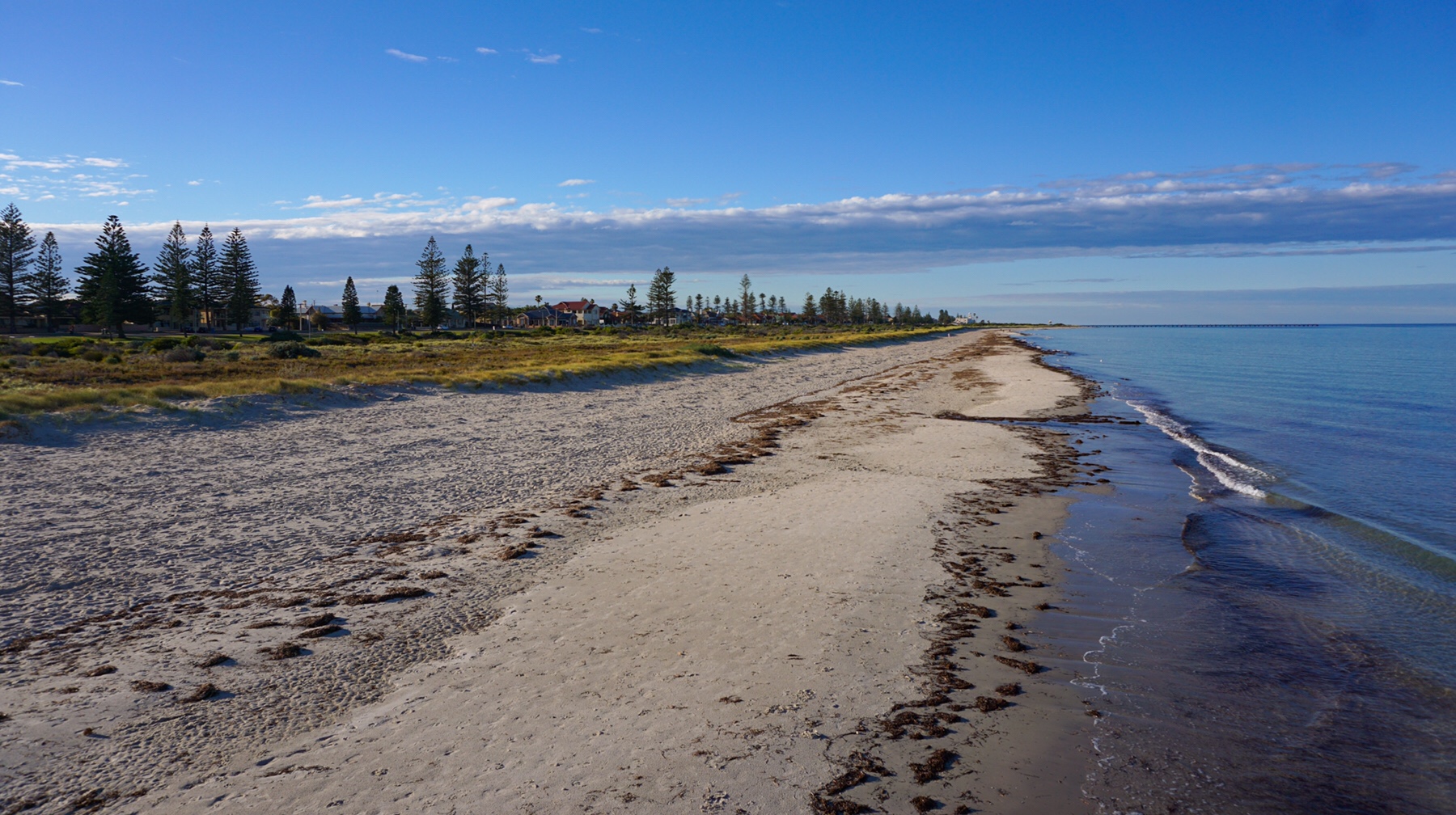 We saw dolphins fishing in the shallows and a lot of coastal birdlife flitting around the dunes. There was not a breath of wind – the water on St Vincent Gulf was like a lake.
We saw dolphins fishing in the shallows and a lot of coastal birdlife flitting around the dunes. There was not a breath of wind – the water on St Vincent Gulf was like a lake.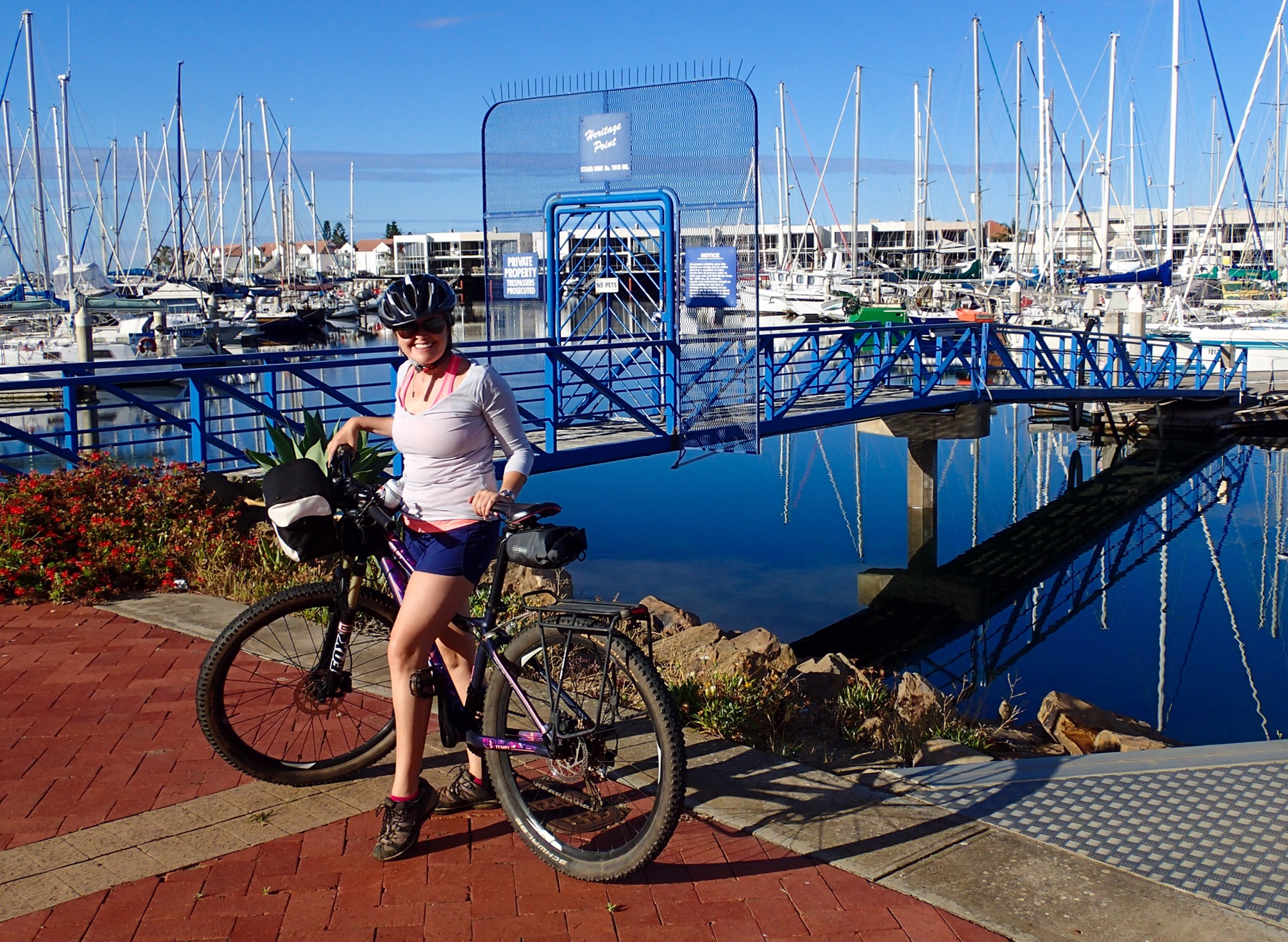 As much as we enjoyed cycling the hills of the Coromandel Valley, it was exhilarating to whizz along on the flat pathways, giving a chance to look around and chat as we travelled. We reached the boat ramp to the dolphin sanctuary and watched a couple of kayakers launching for an explore before returning to camp.
As much as we enjoyed cycling the hills of the Coromandel Valley, it was exhilarating to whizz along on the flat pathways, giving a chance to look around and chat as we travelled. We reached the boat ramp to the dolphin sanctuary and watched a couple of kayakers launching for an explore before returning to camp.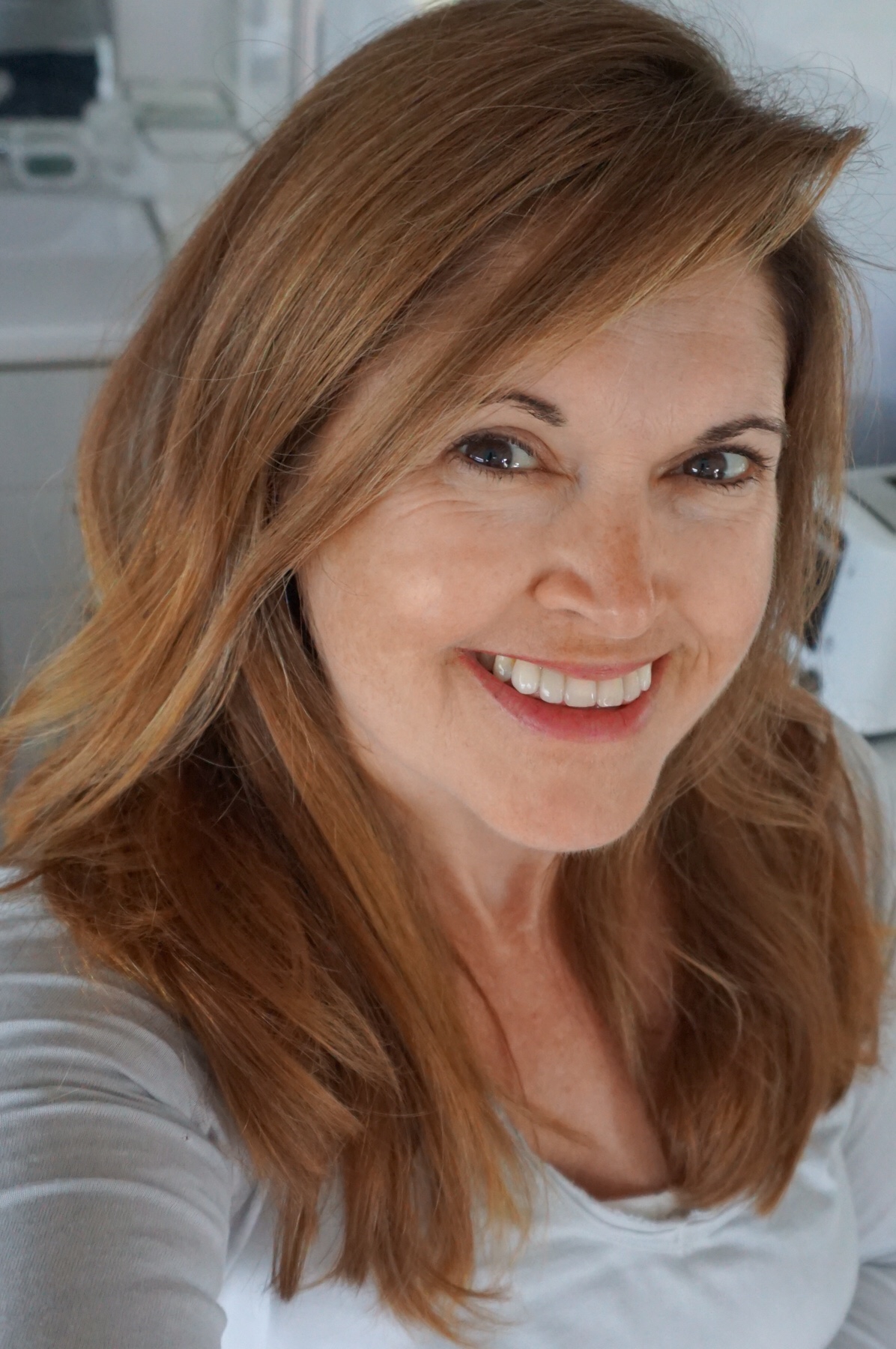 We’re getting fairly packed up this evening in preparation for moving on tomorrow morning to our next region, friends and more wine in the Adelaide Hills! Tonight will be vegetarian and alcohol free…
We’re getting fairly packed up this evening in preparation for moving on tomorrow morning to our next region, friends and more wine in the Adelaide Hills! Tonight will be vegetarian and alcohol free…